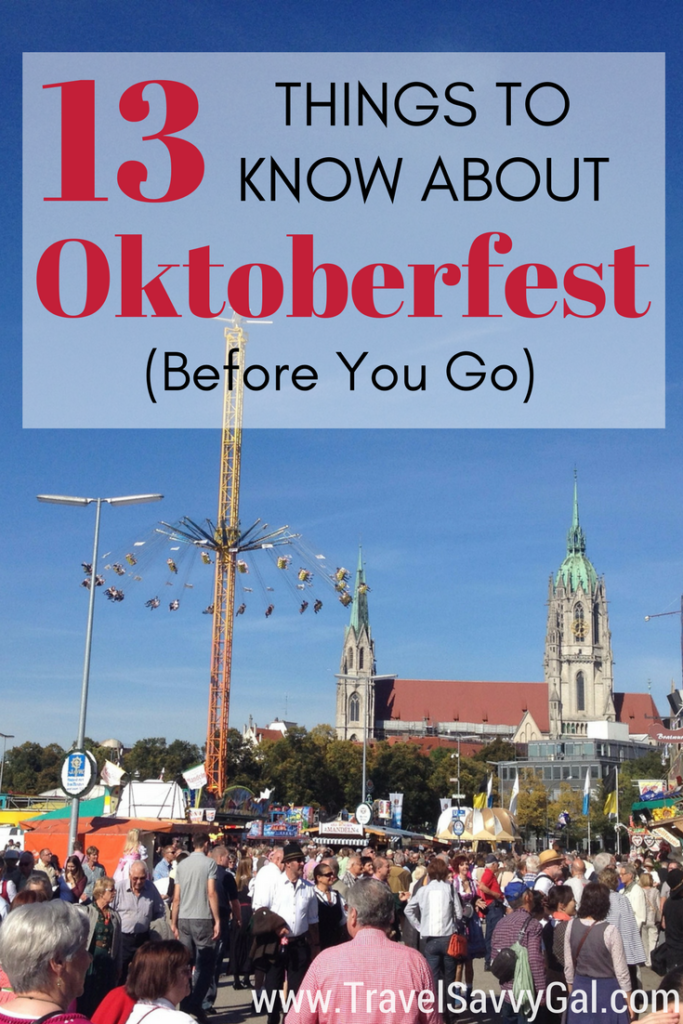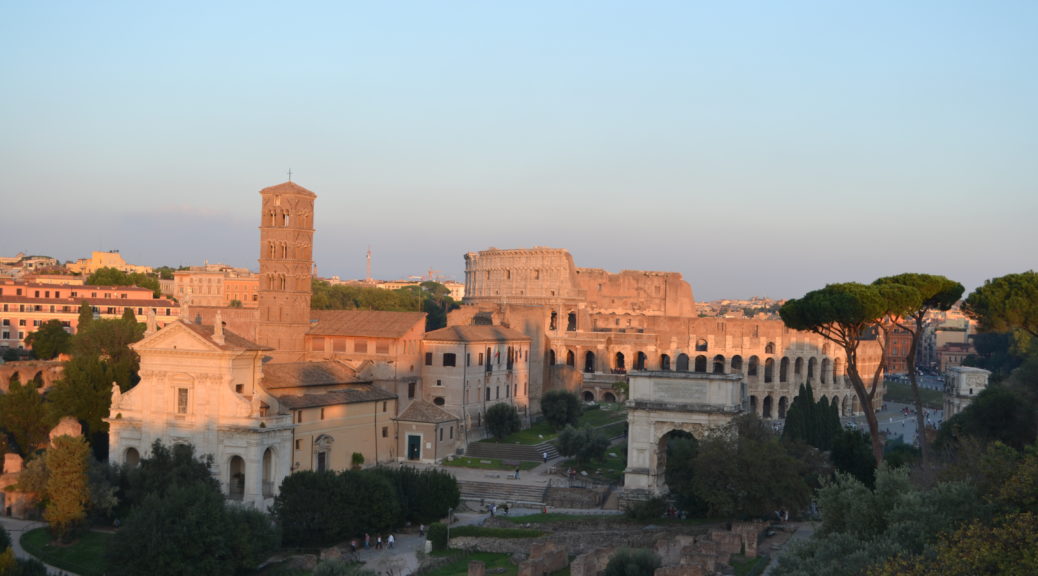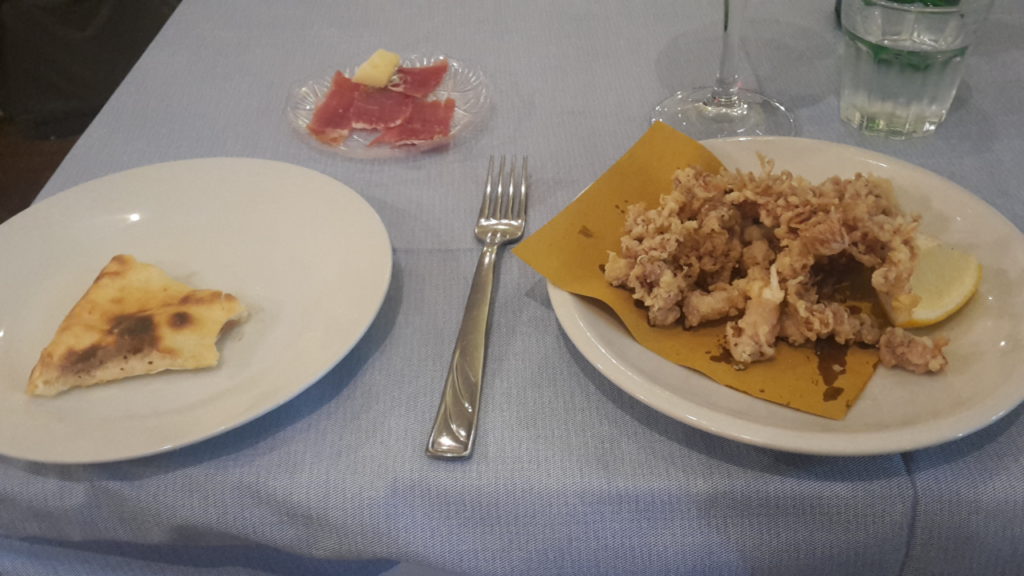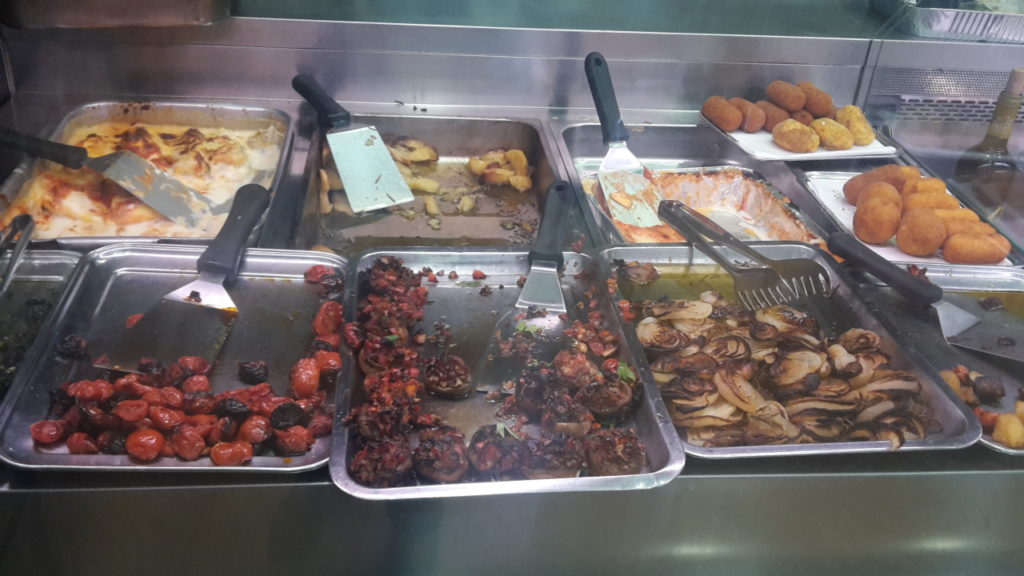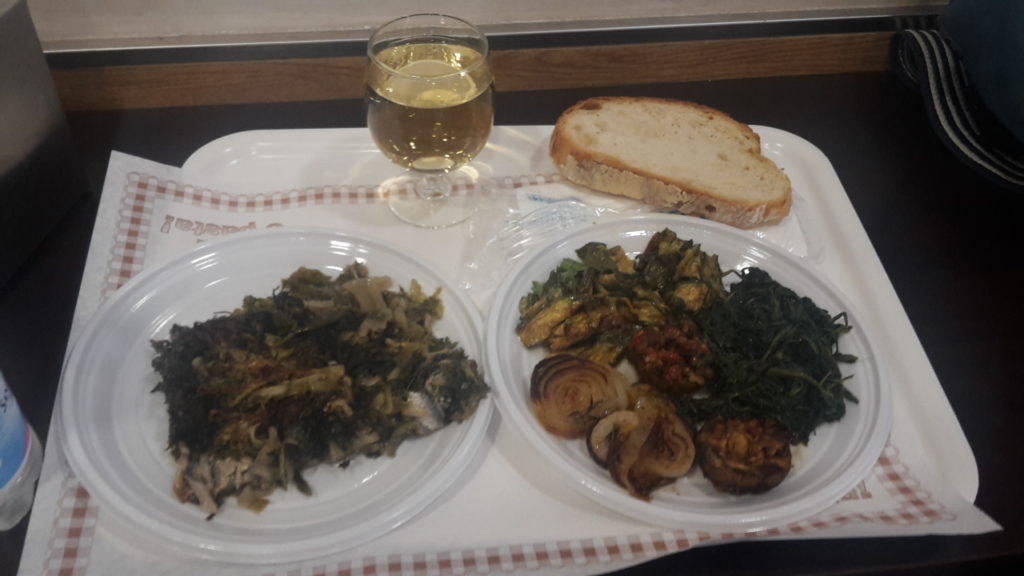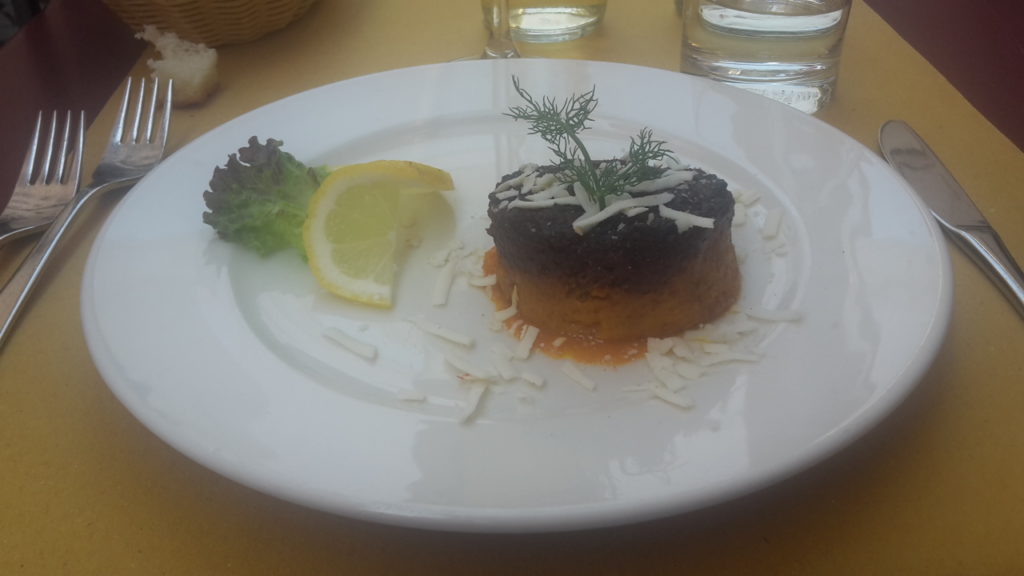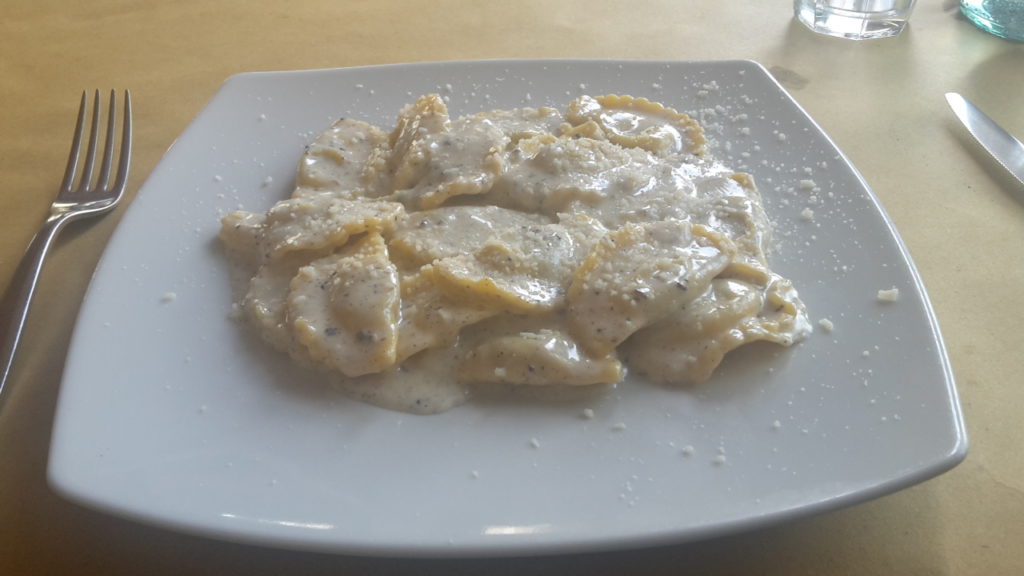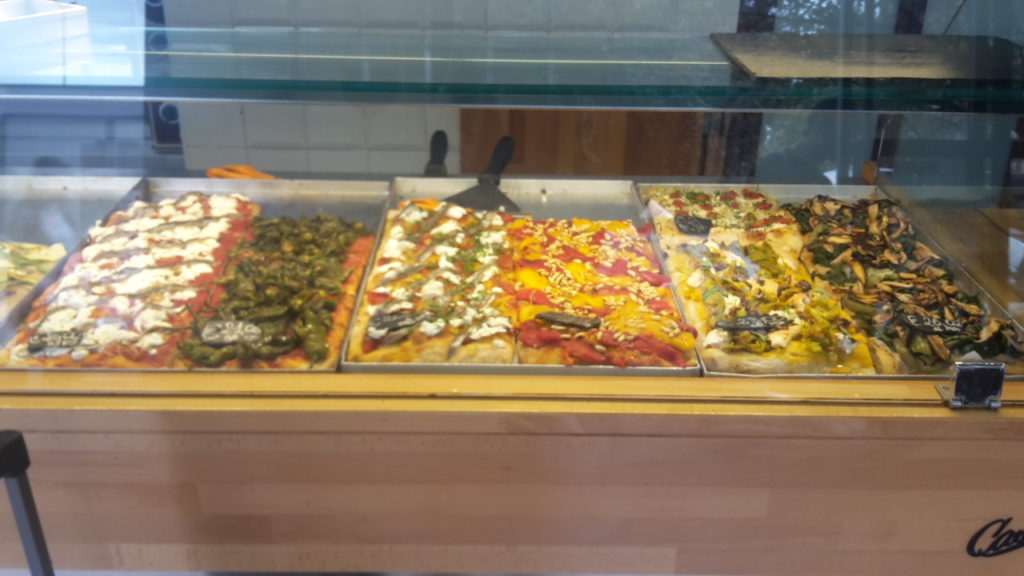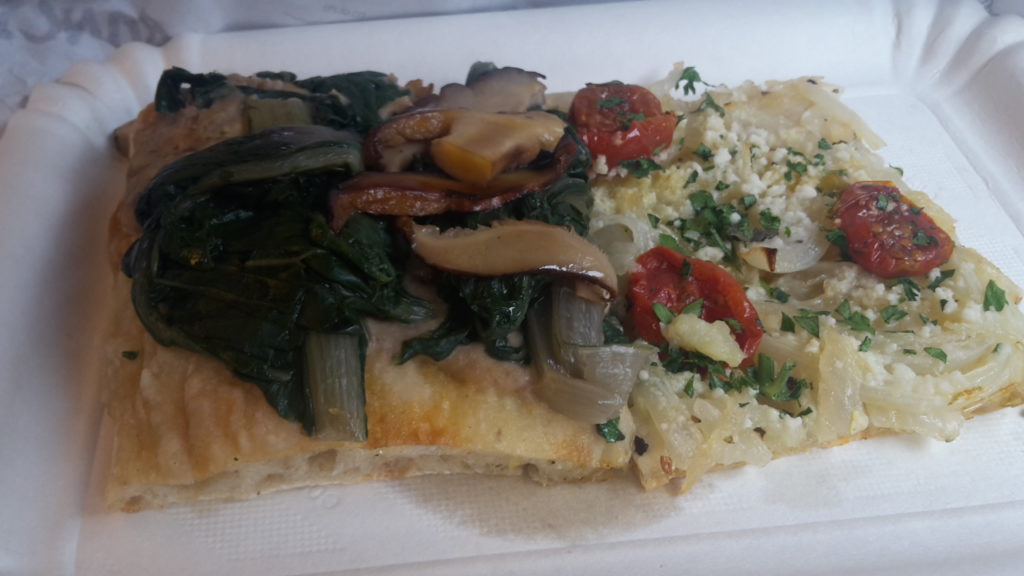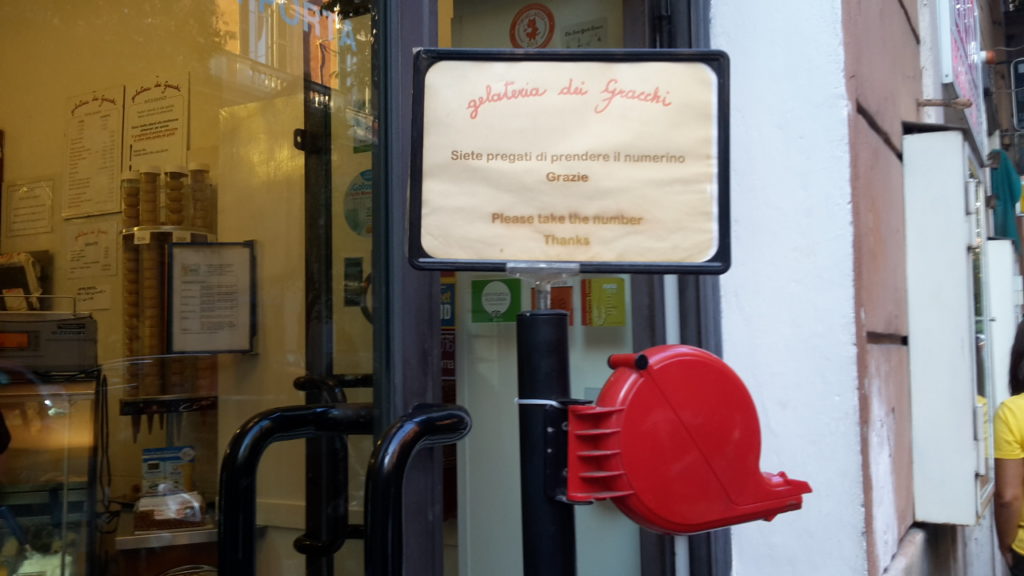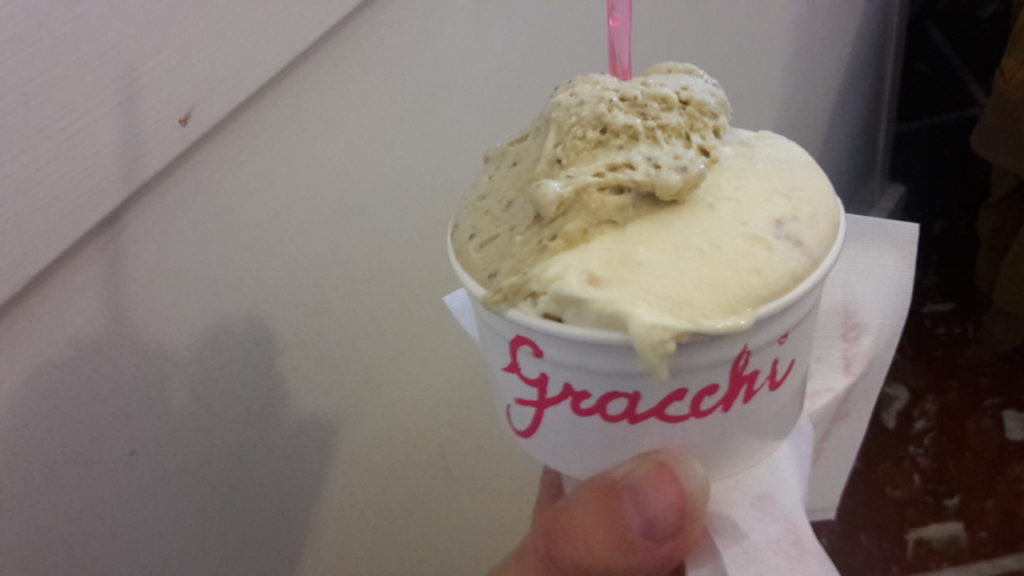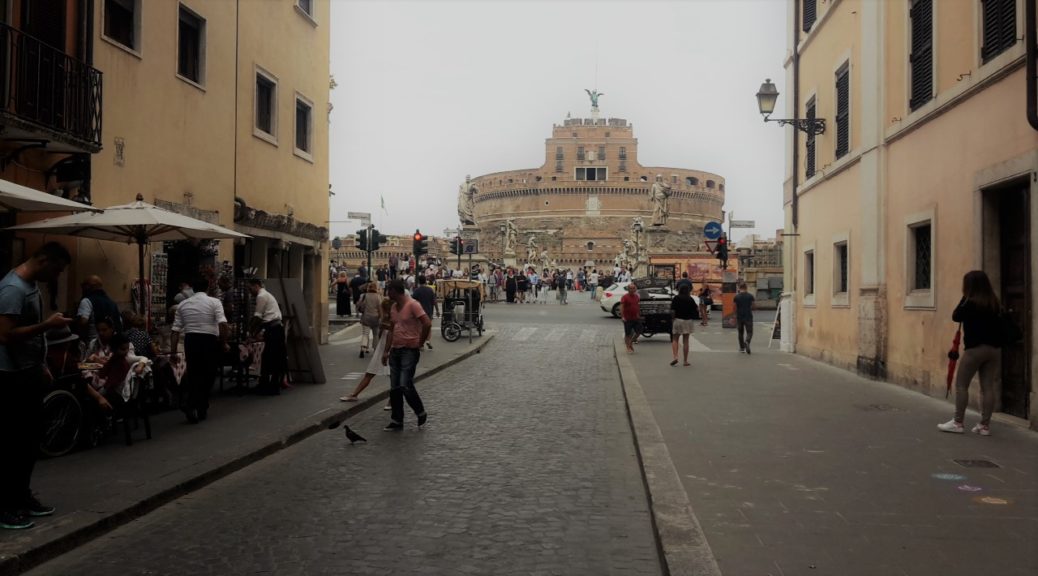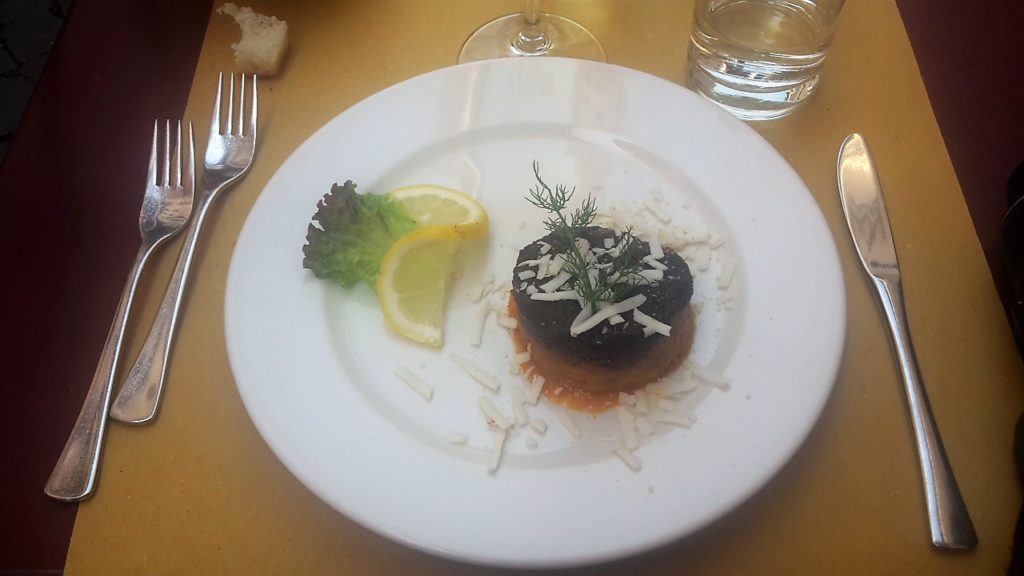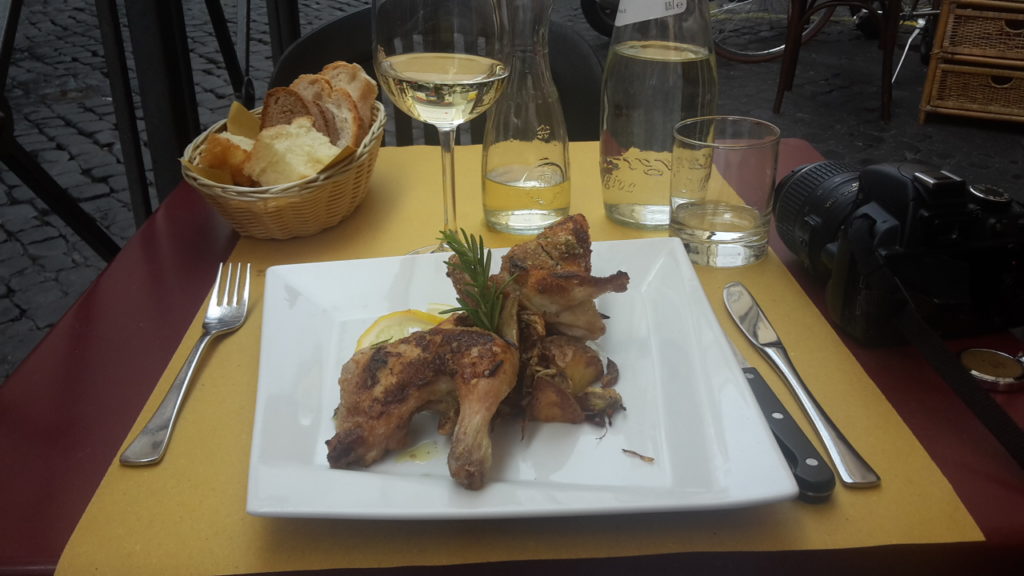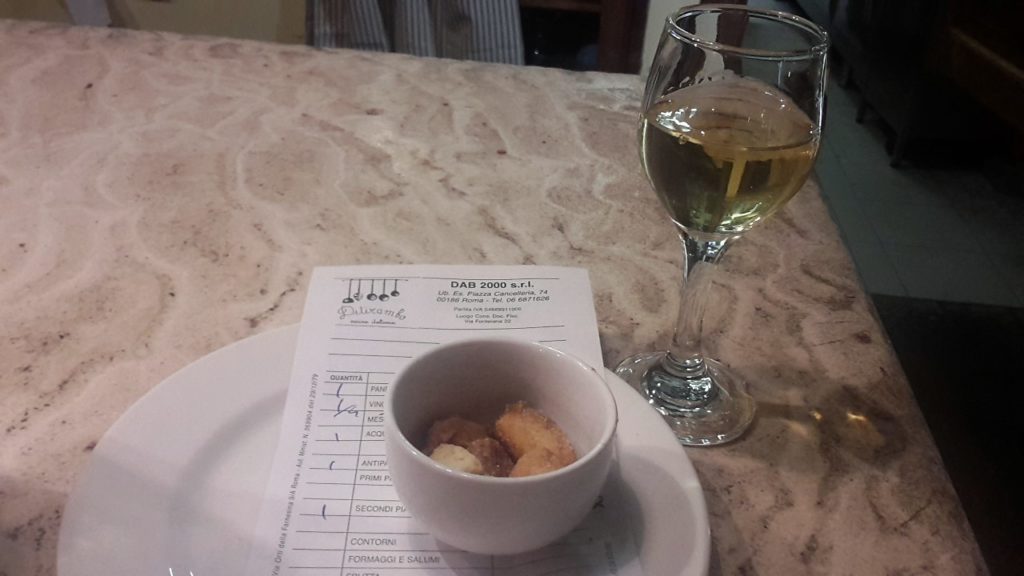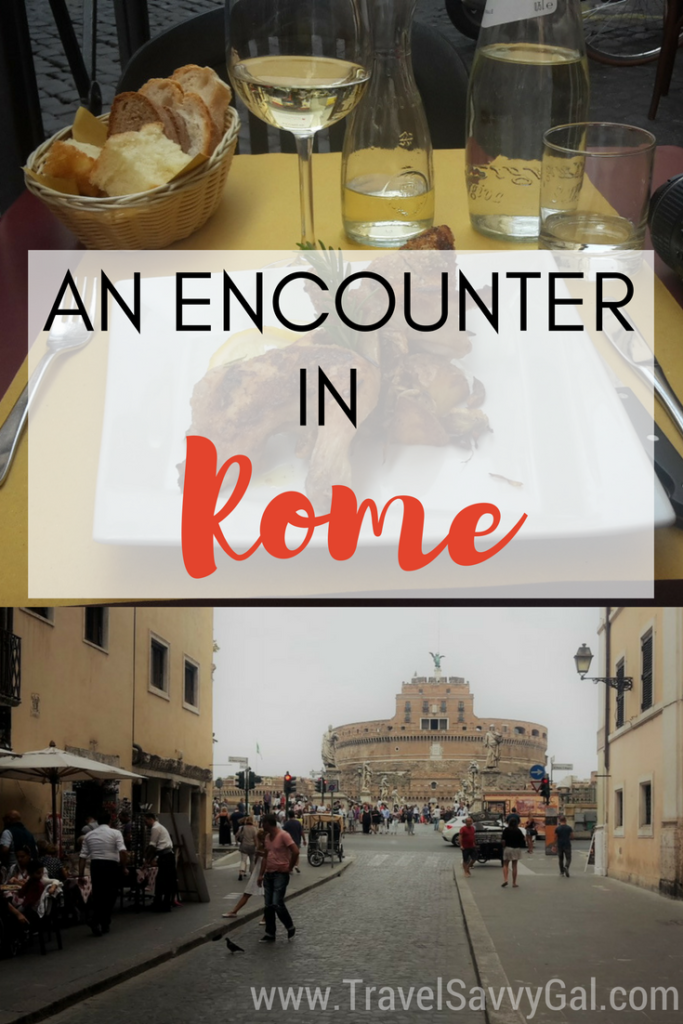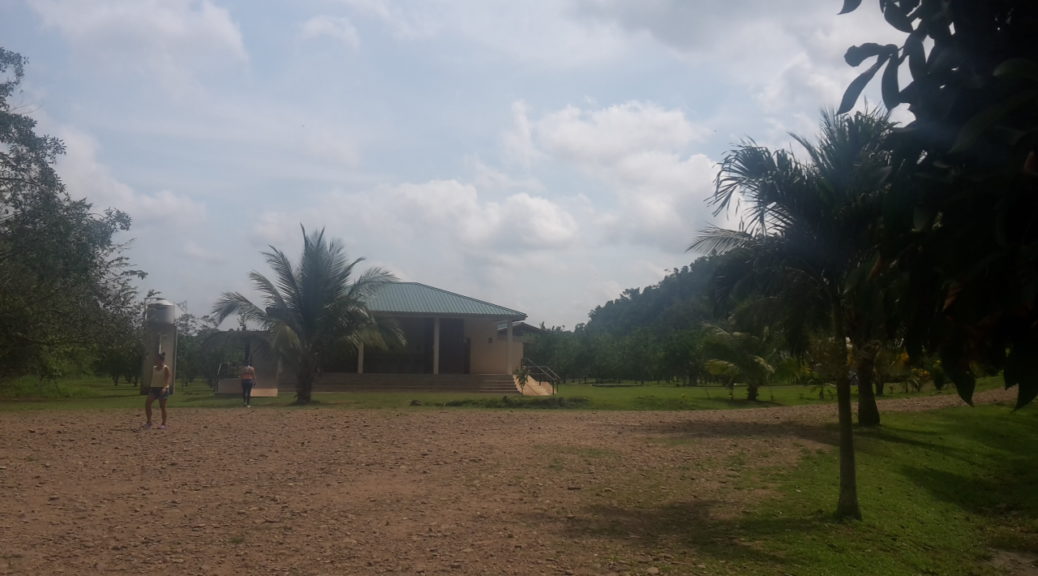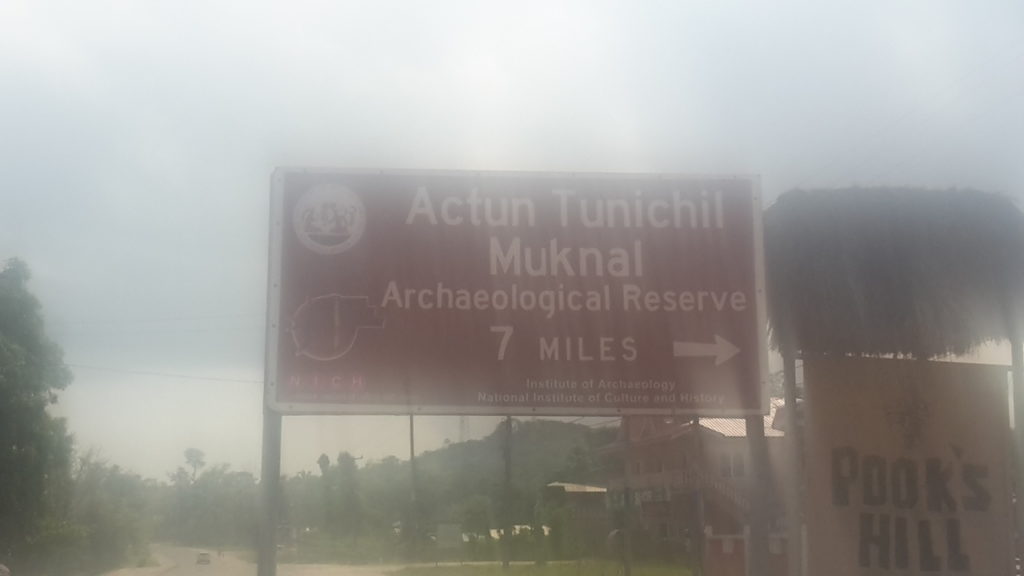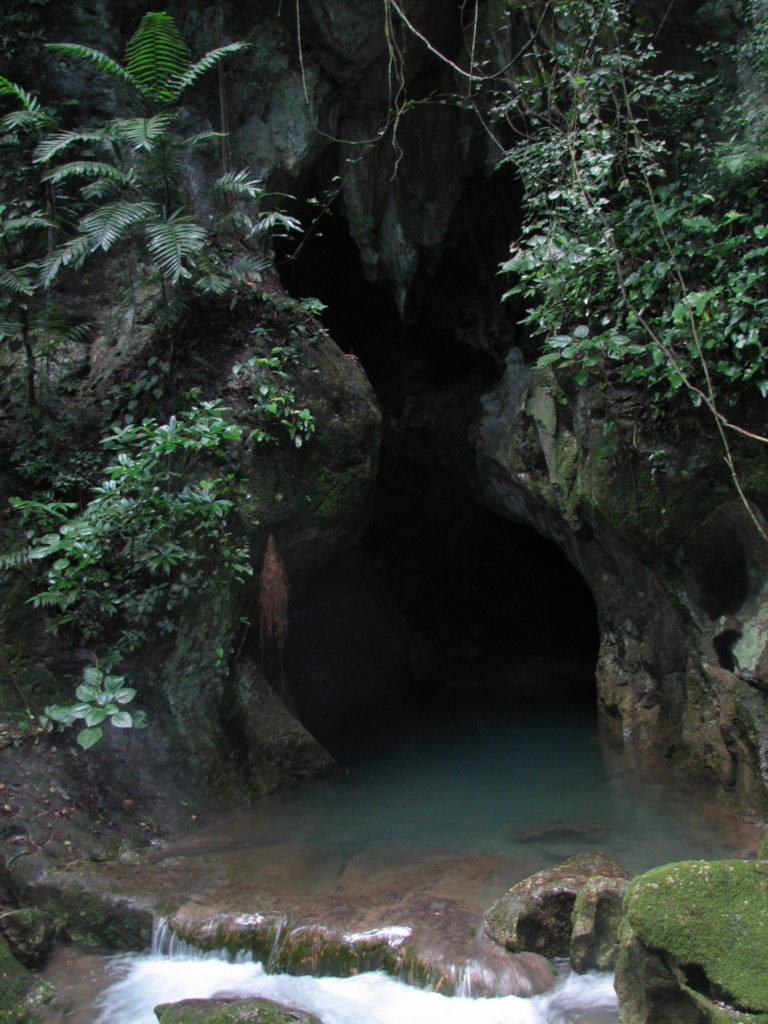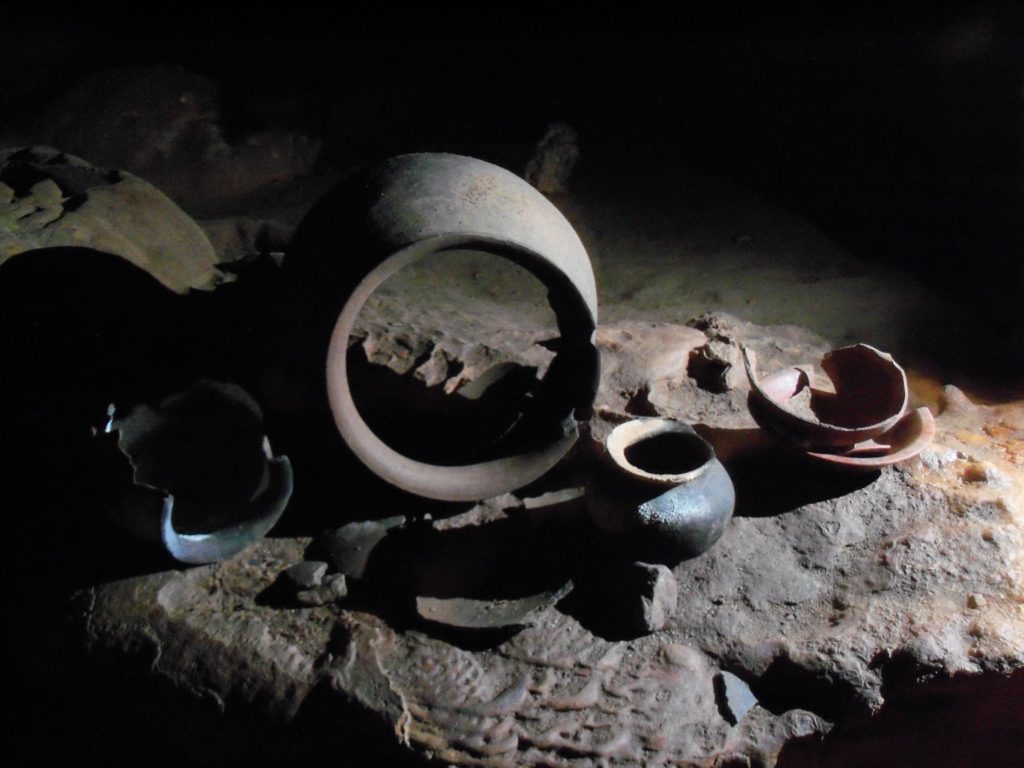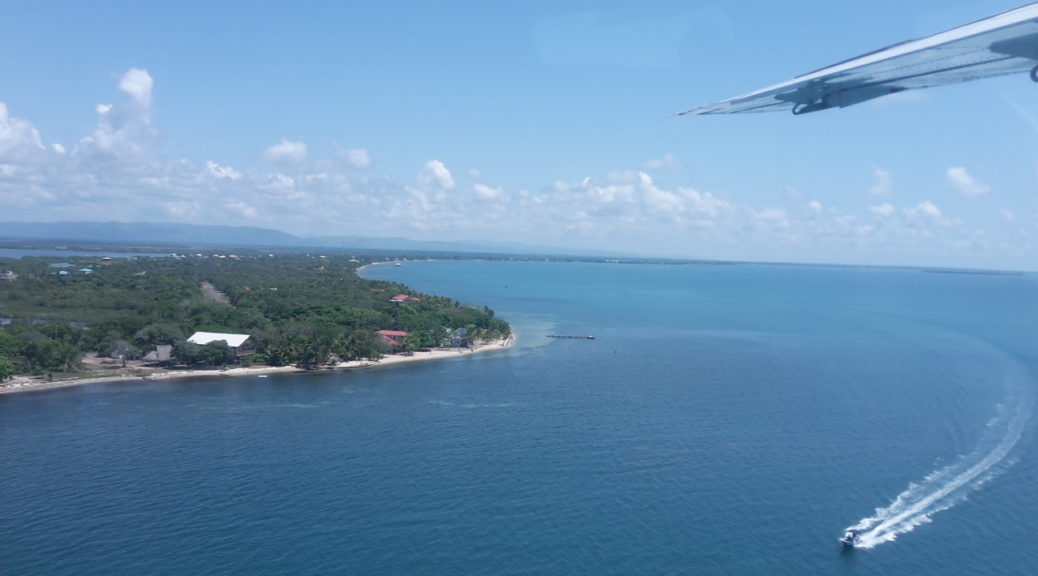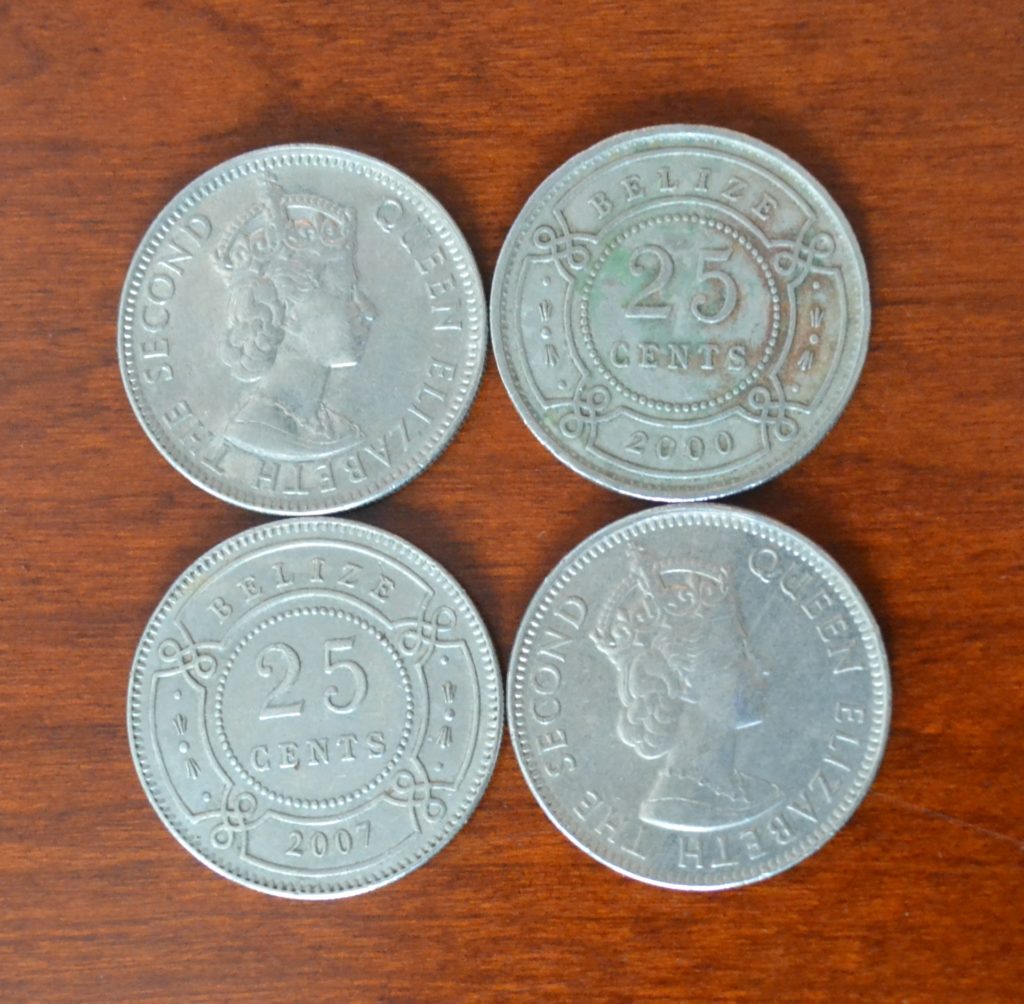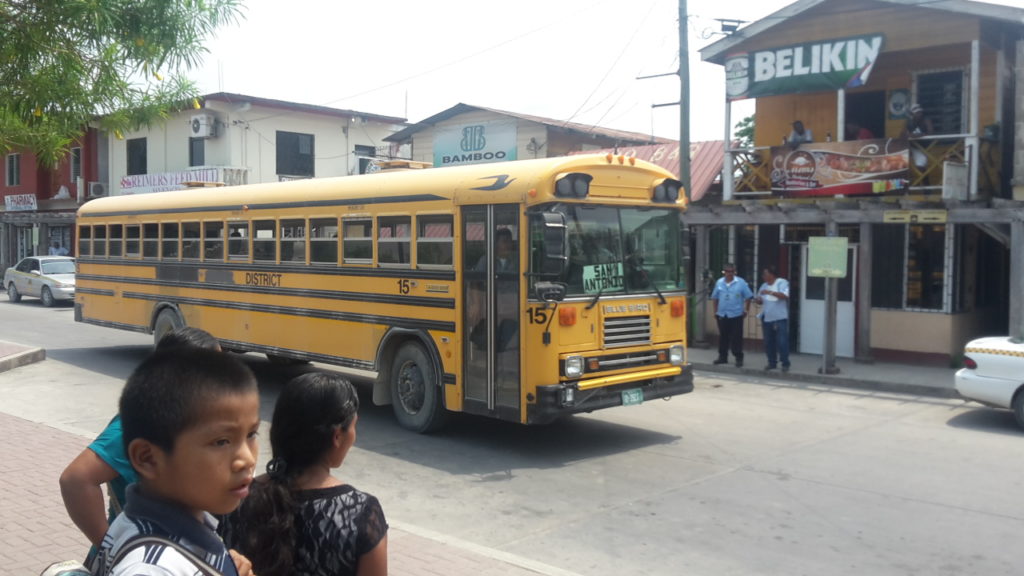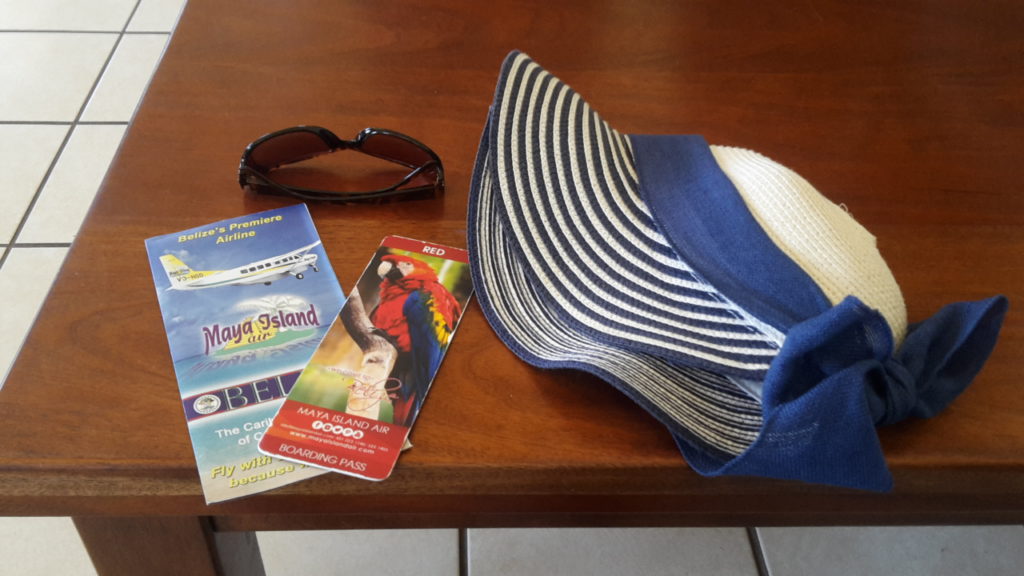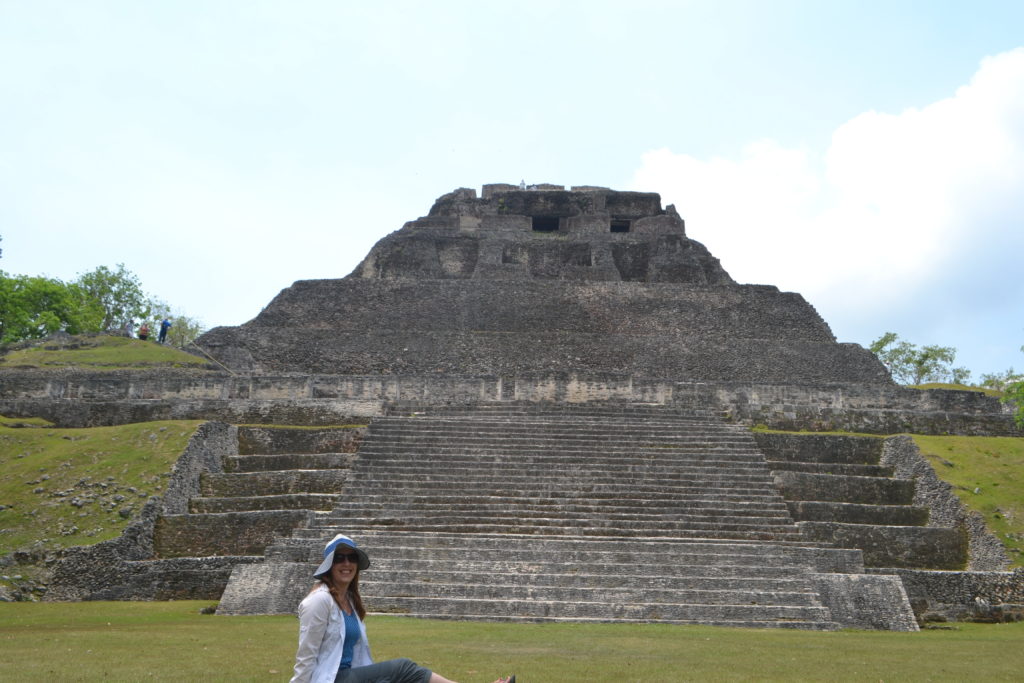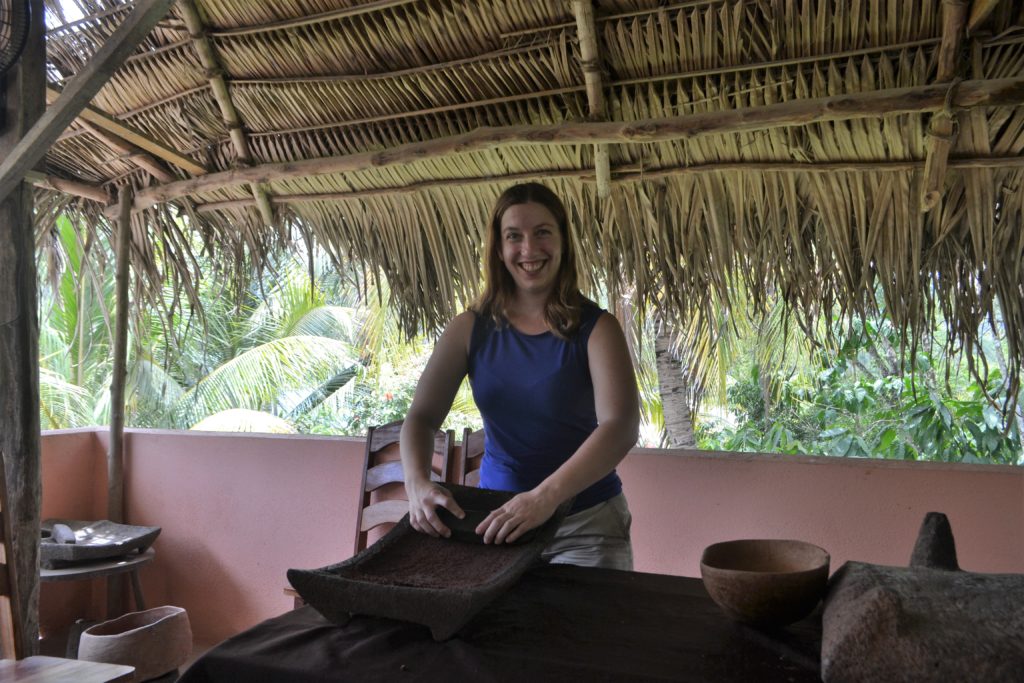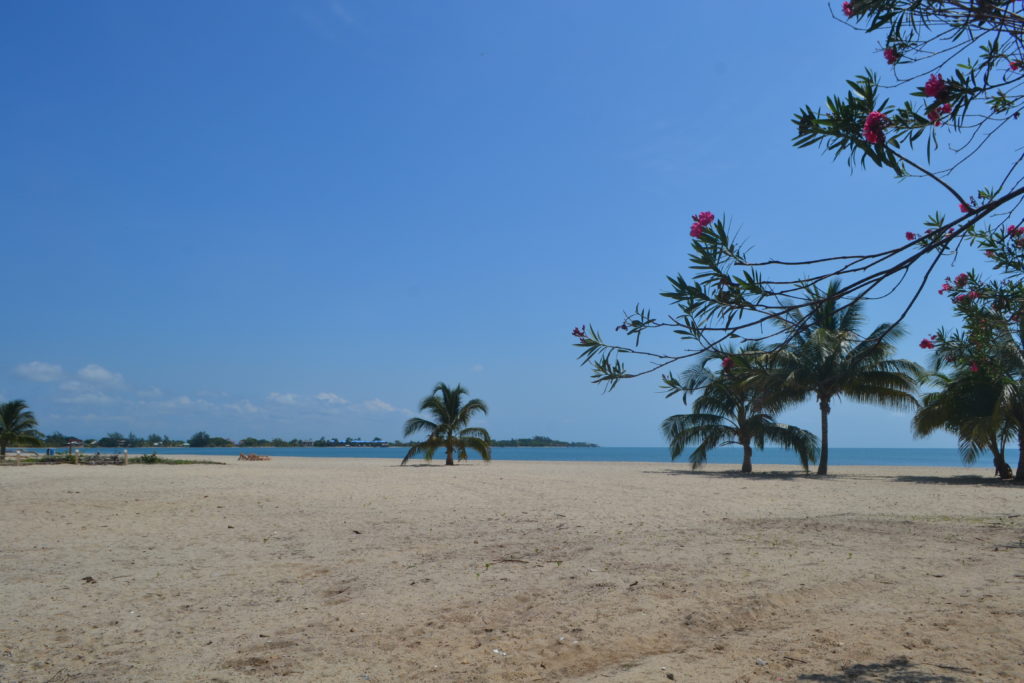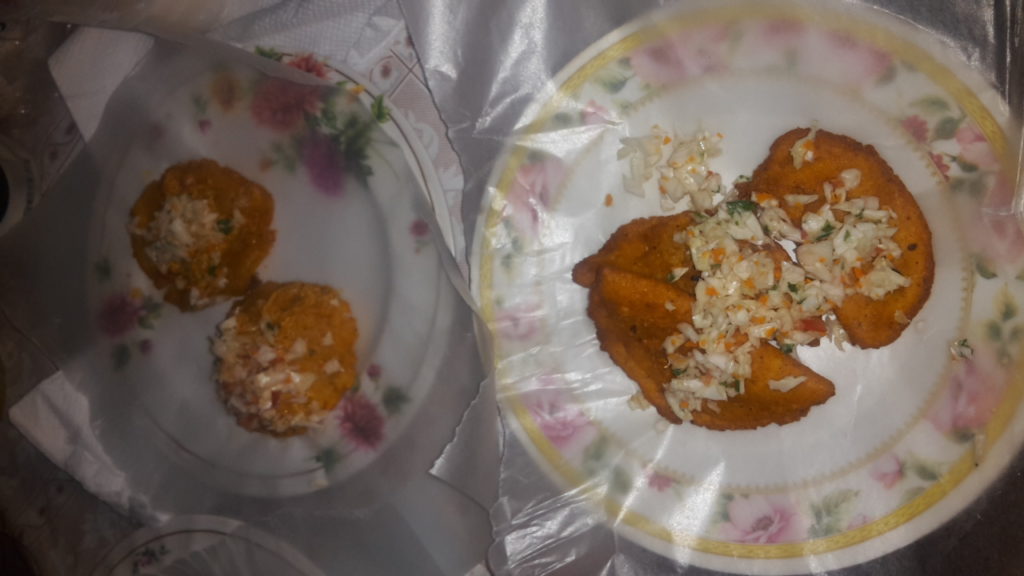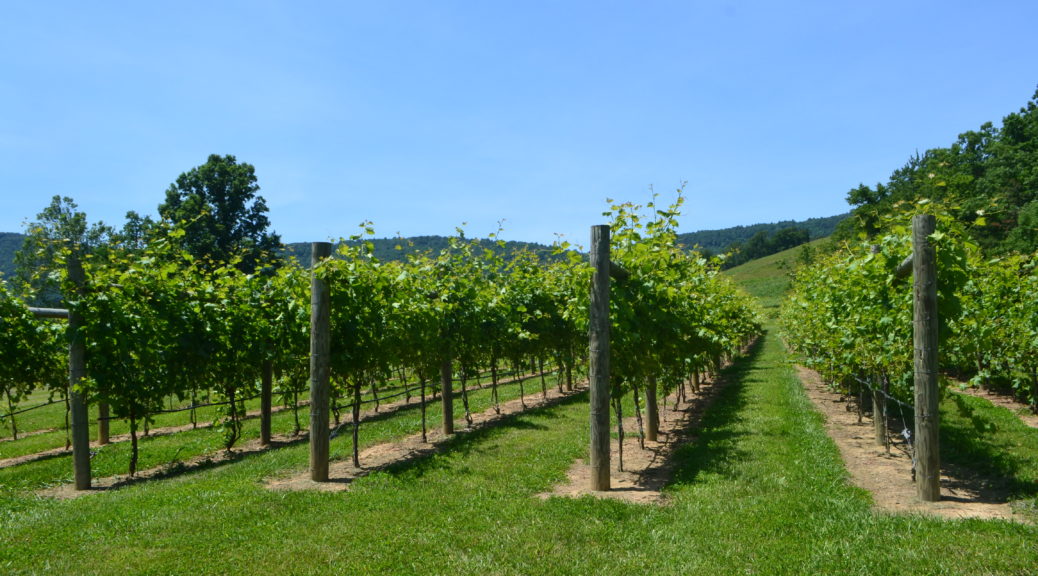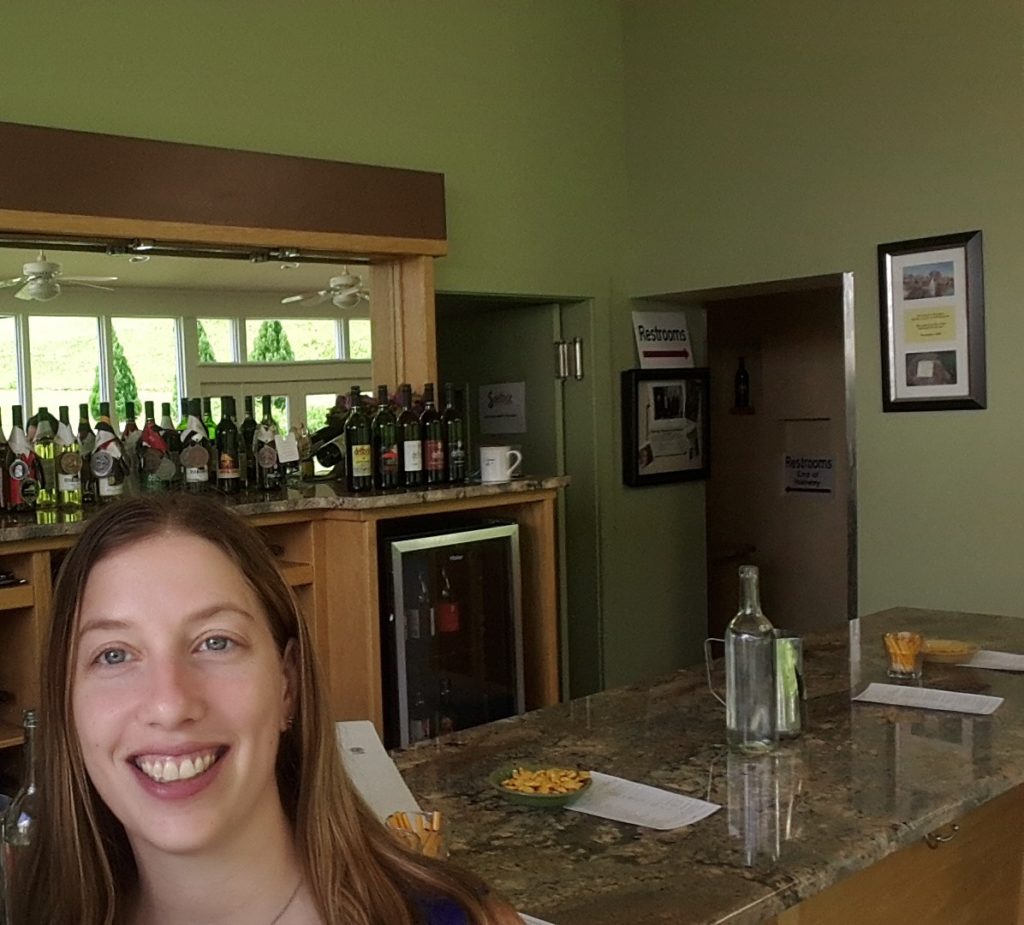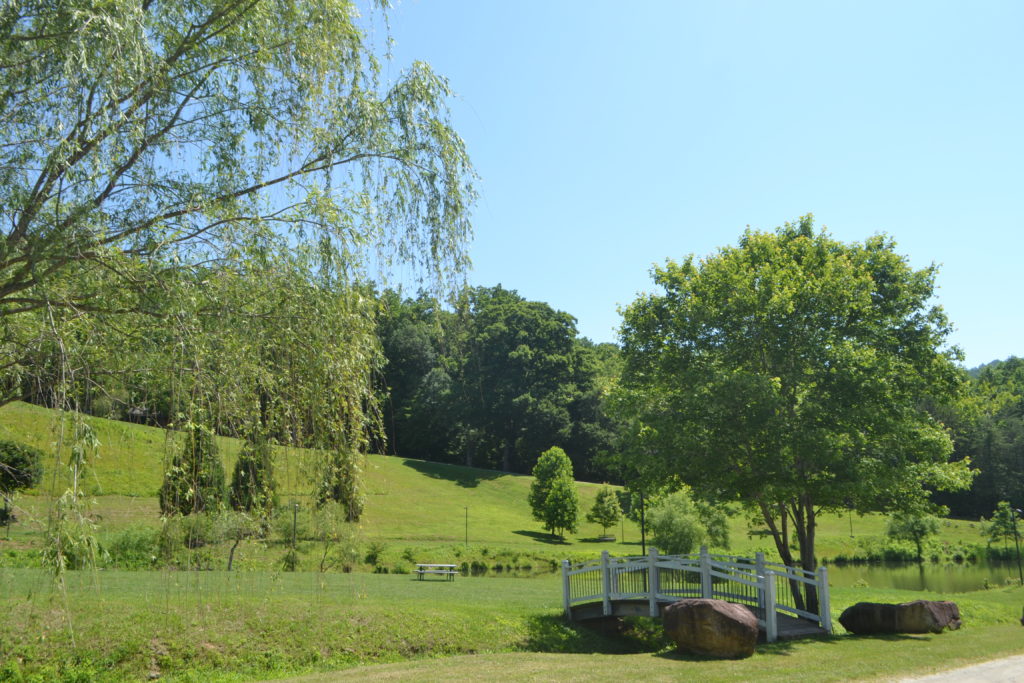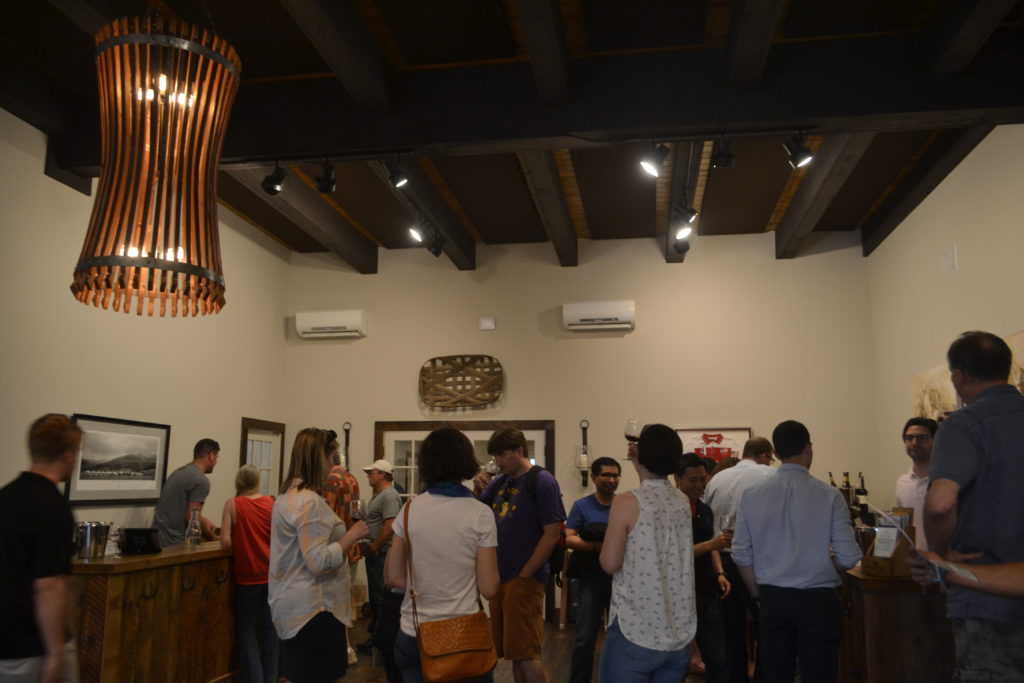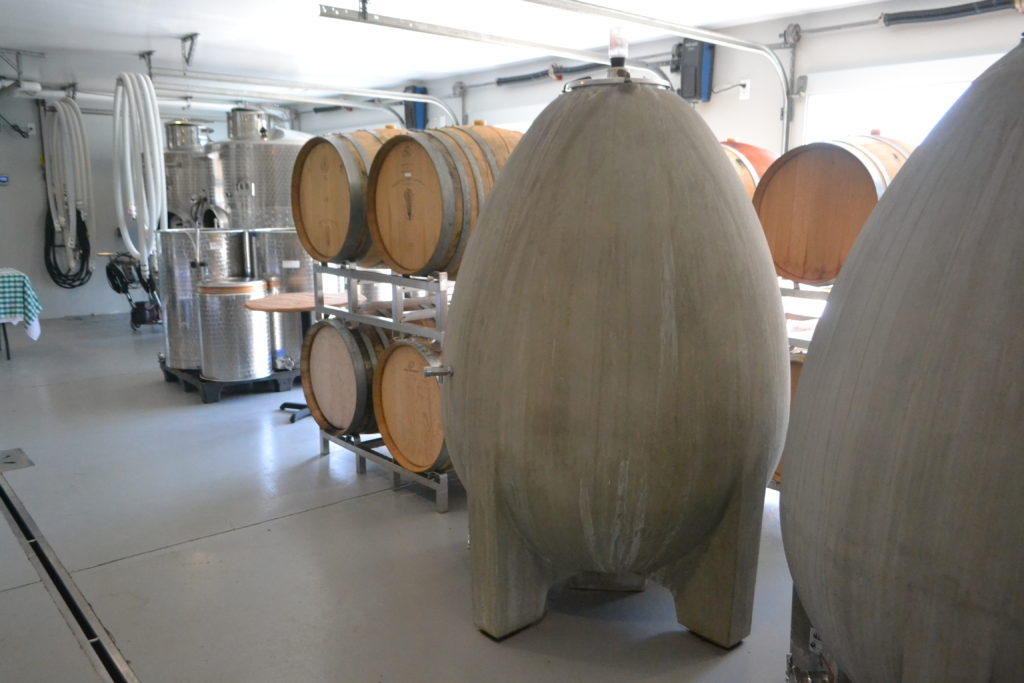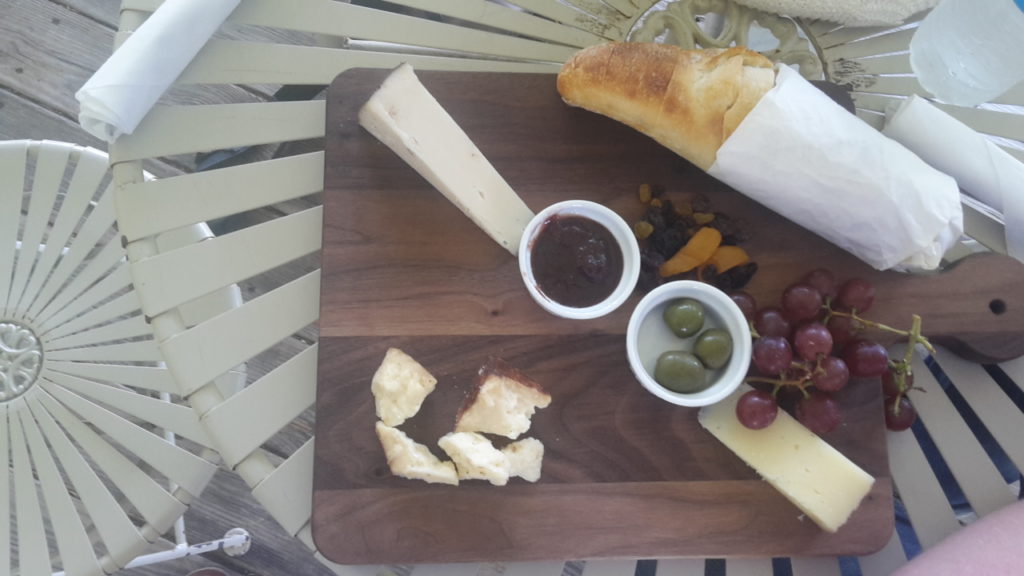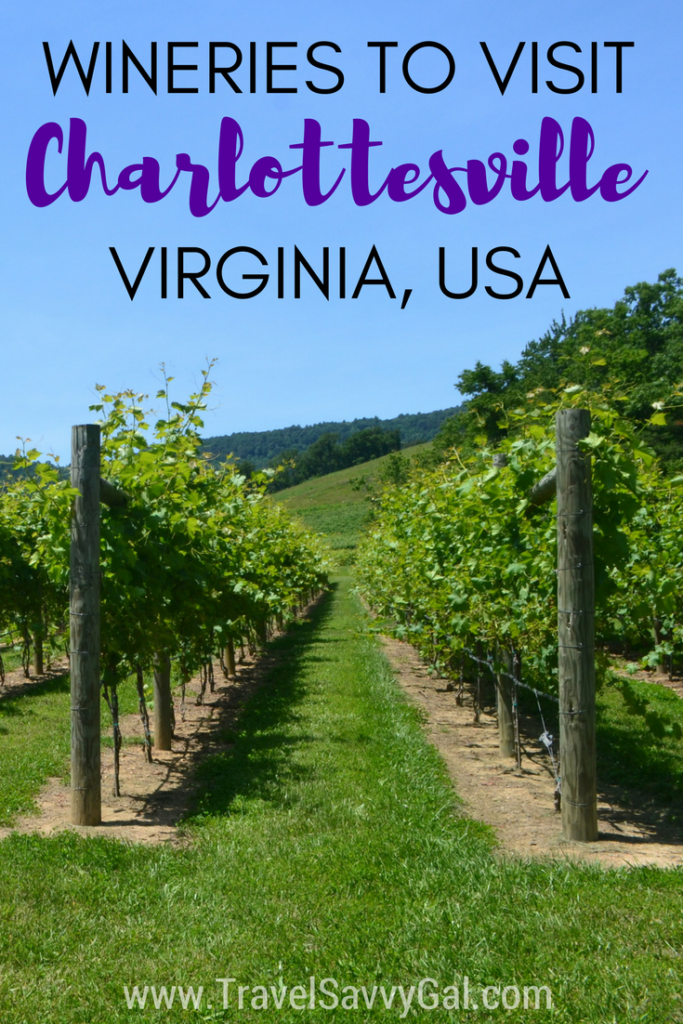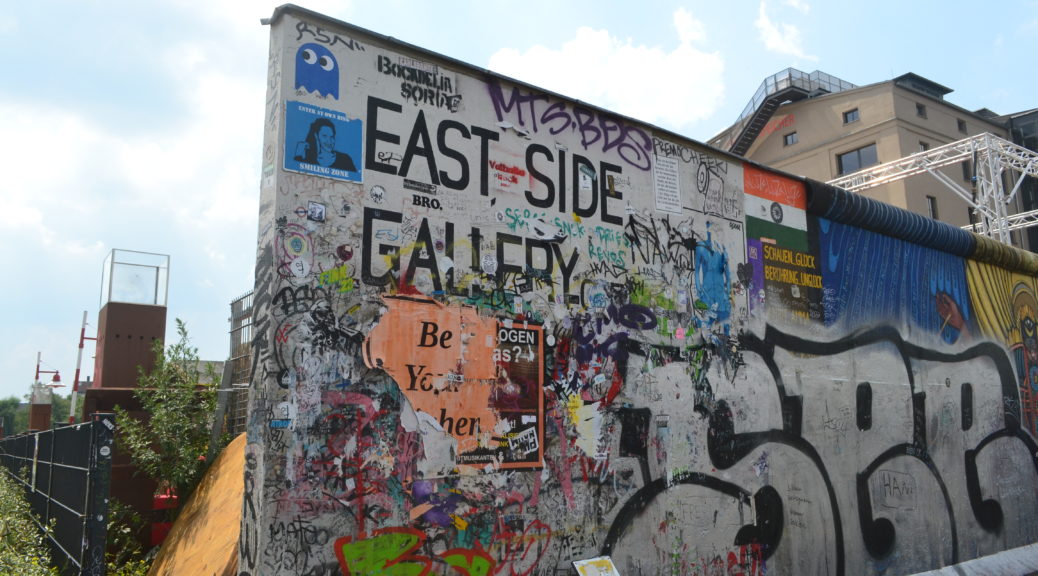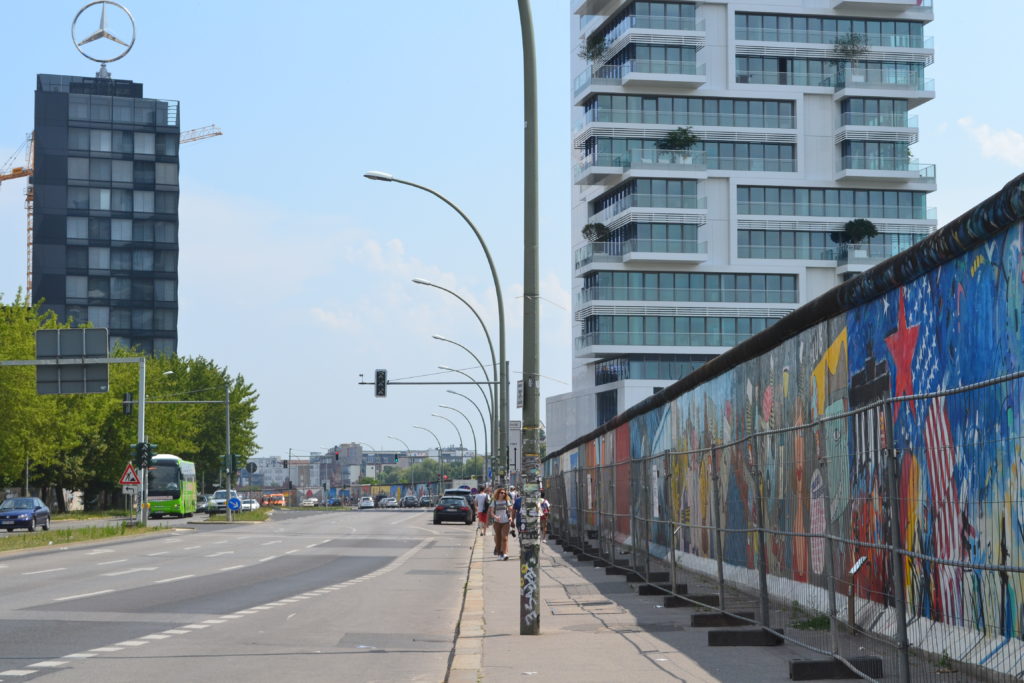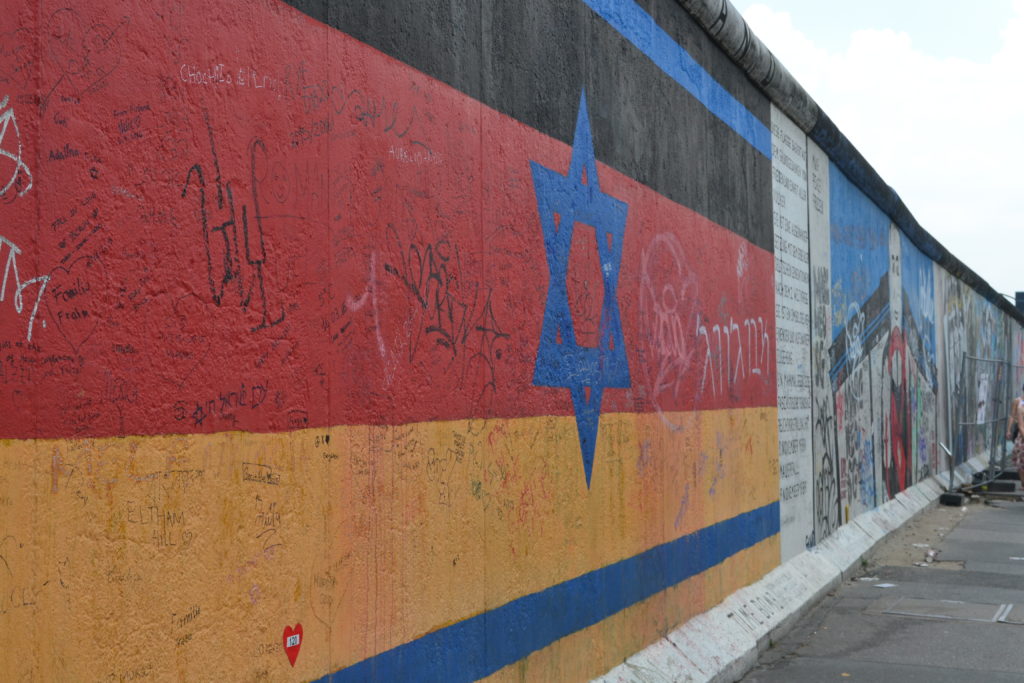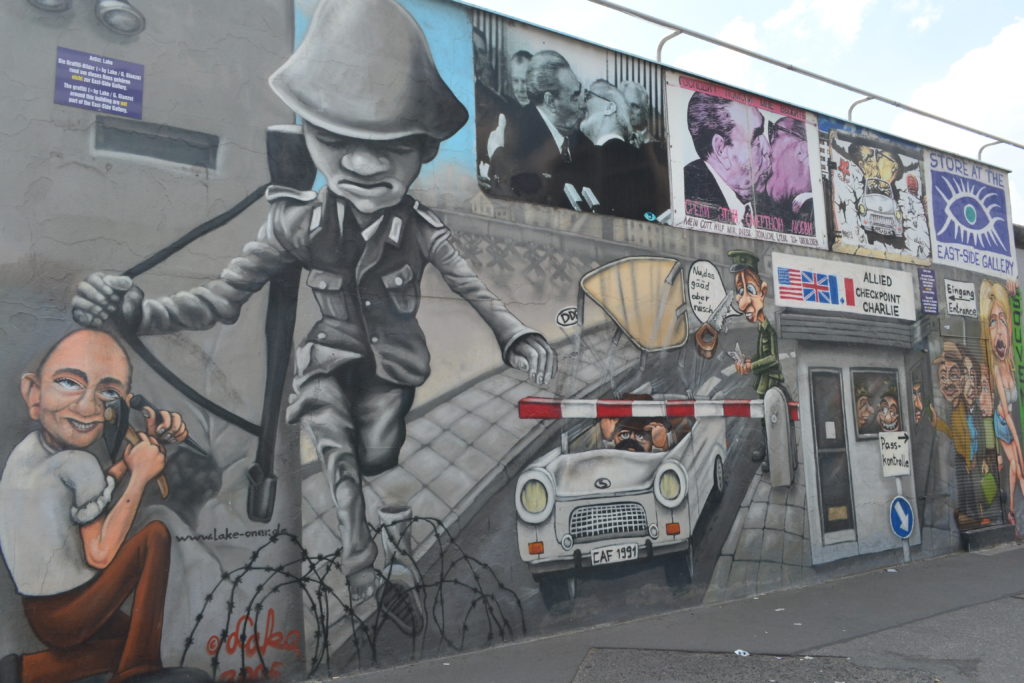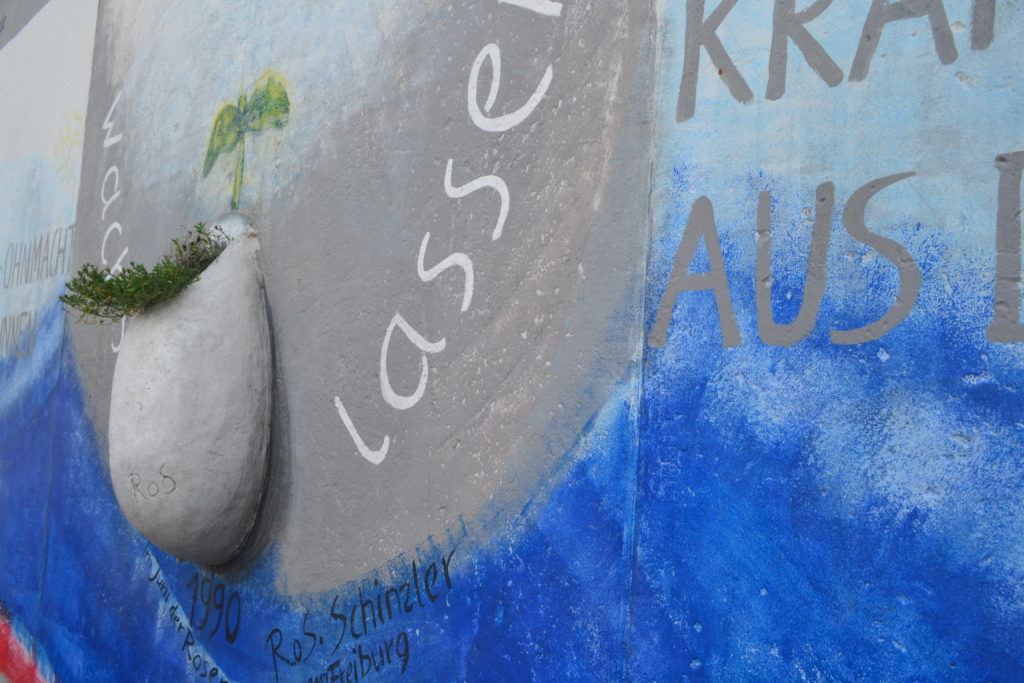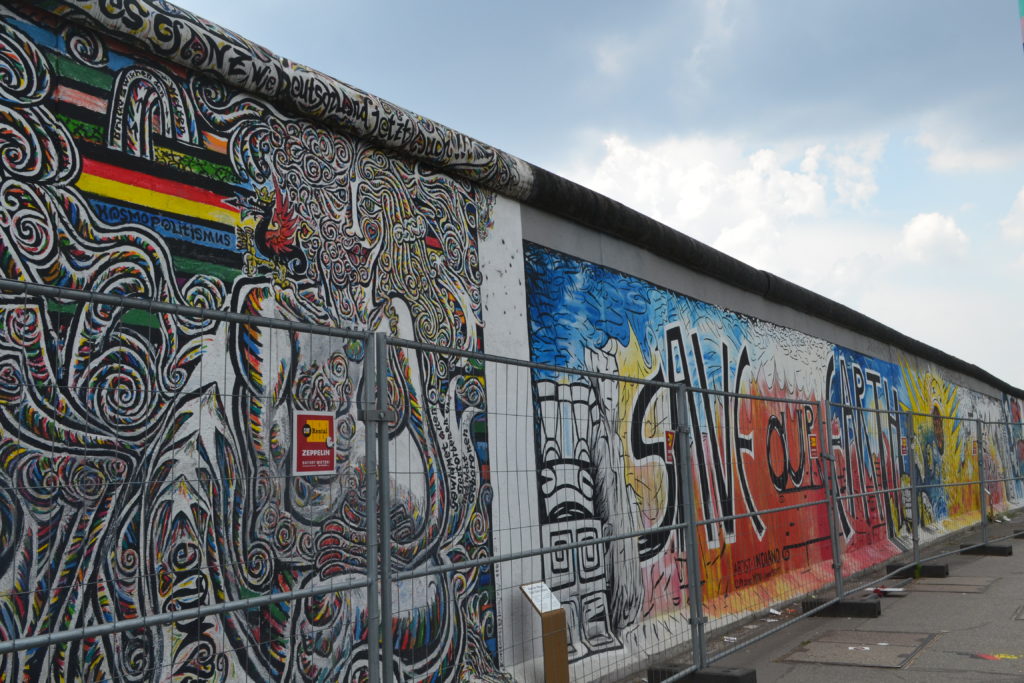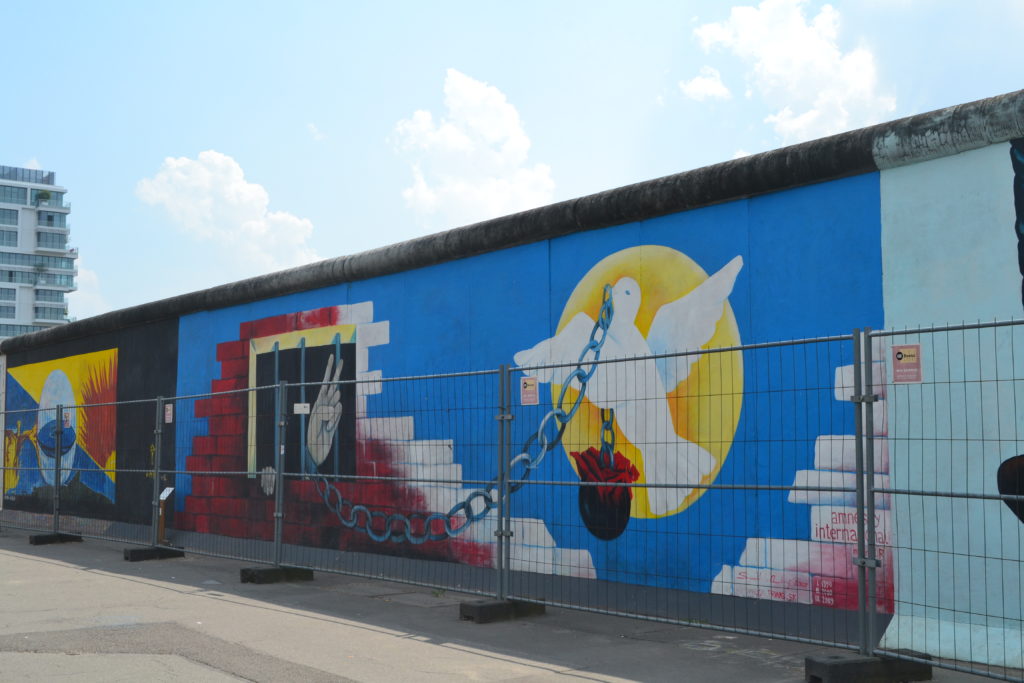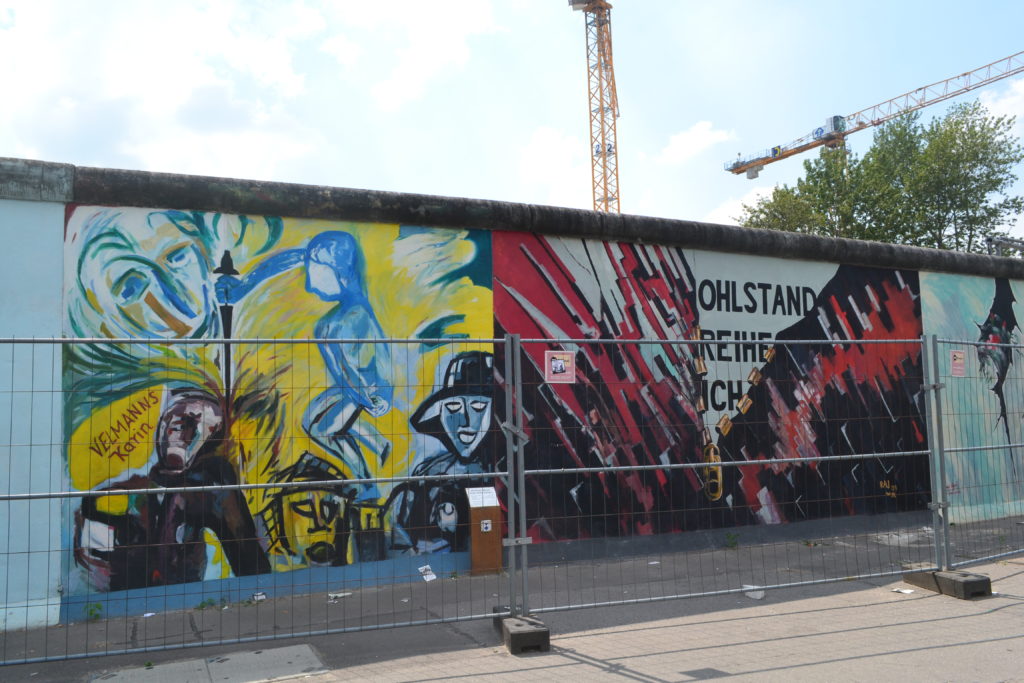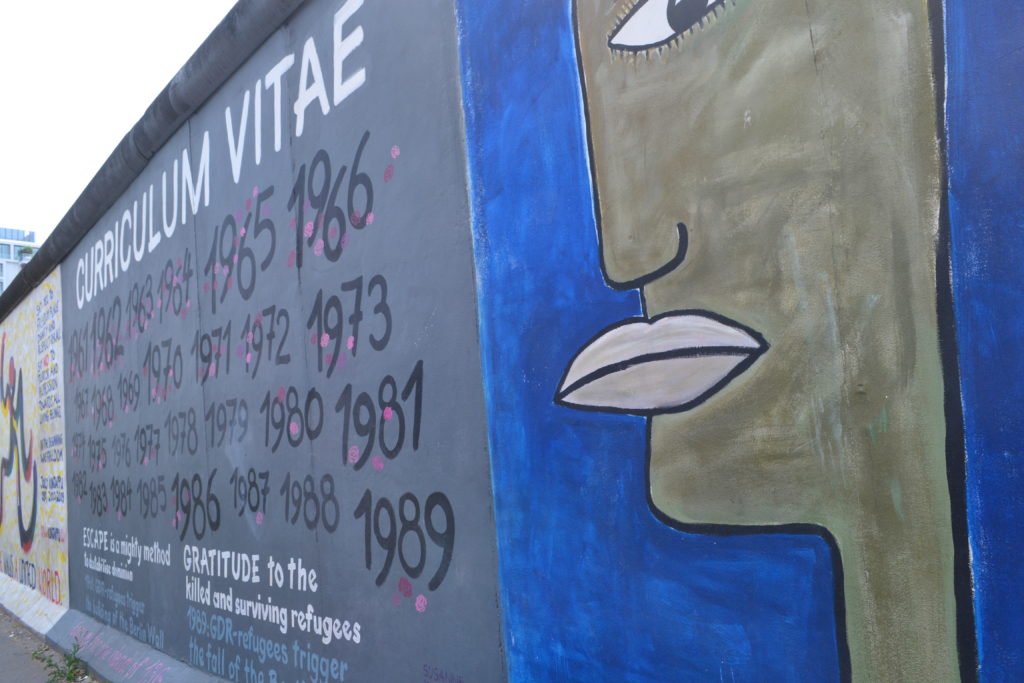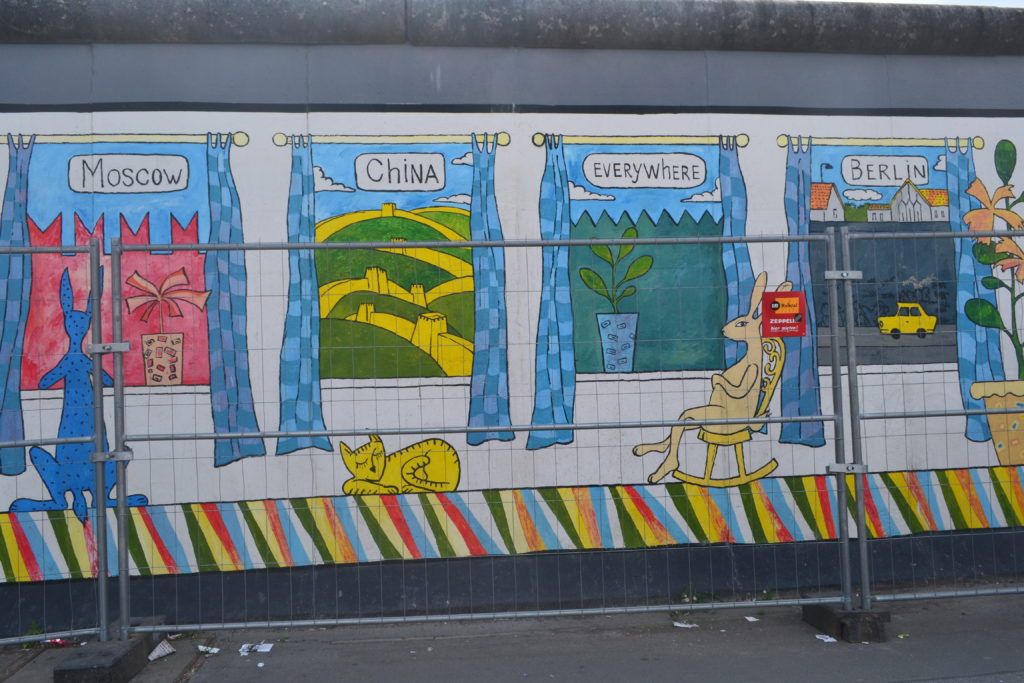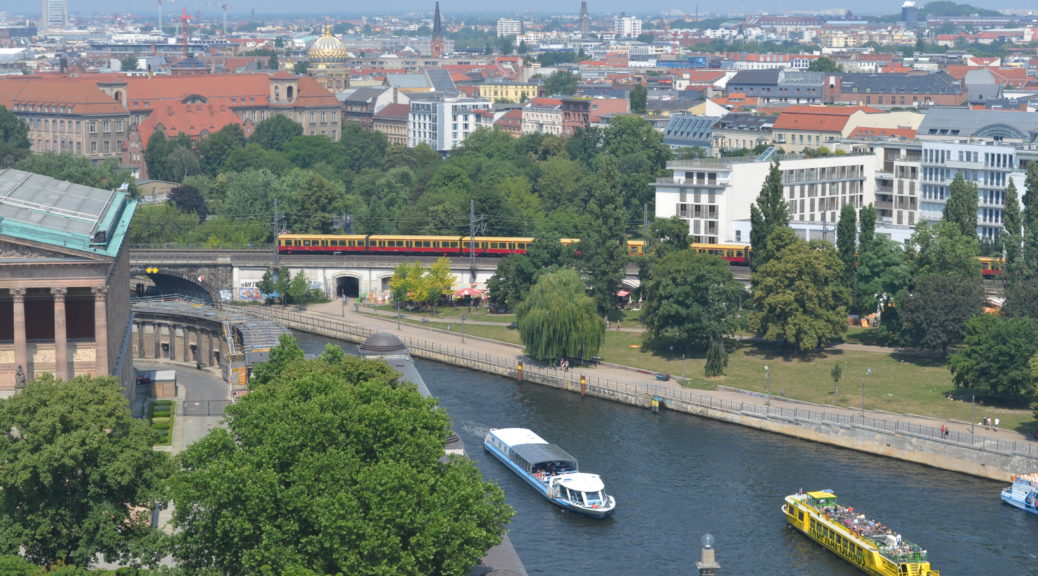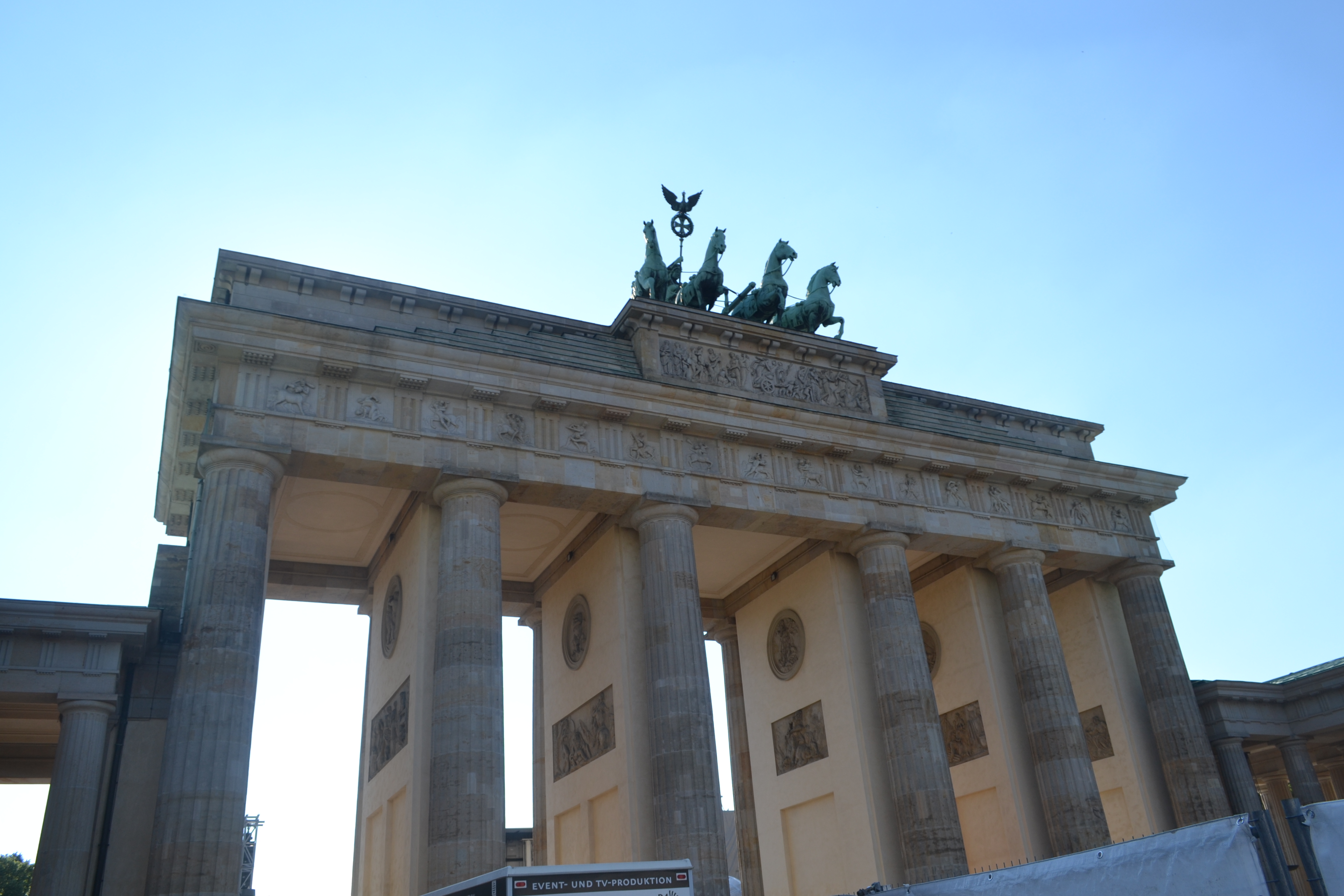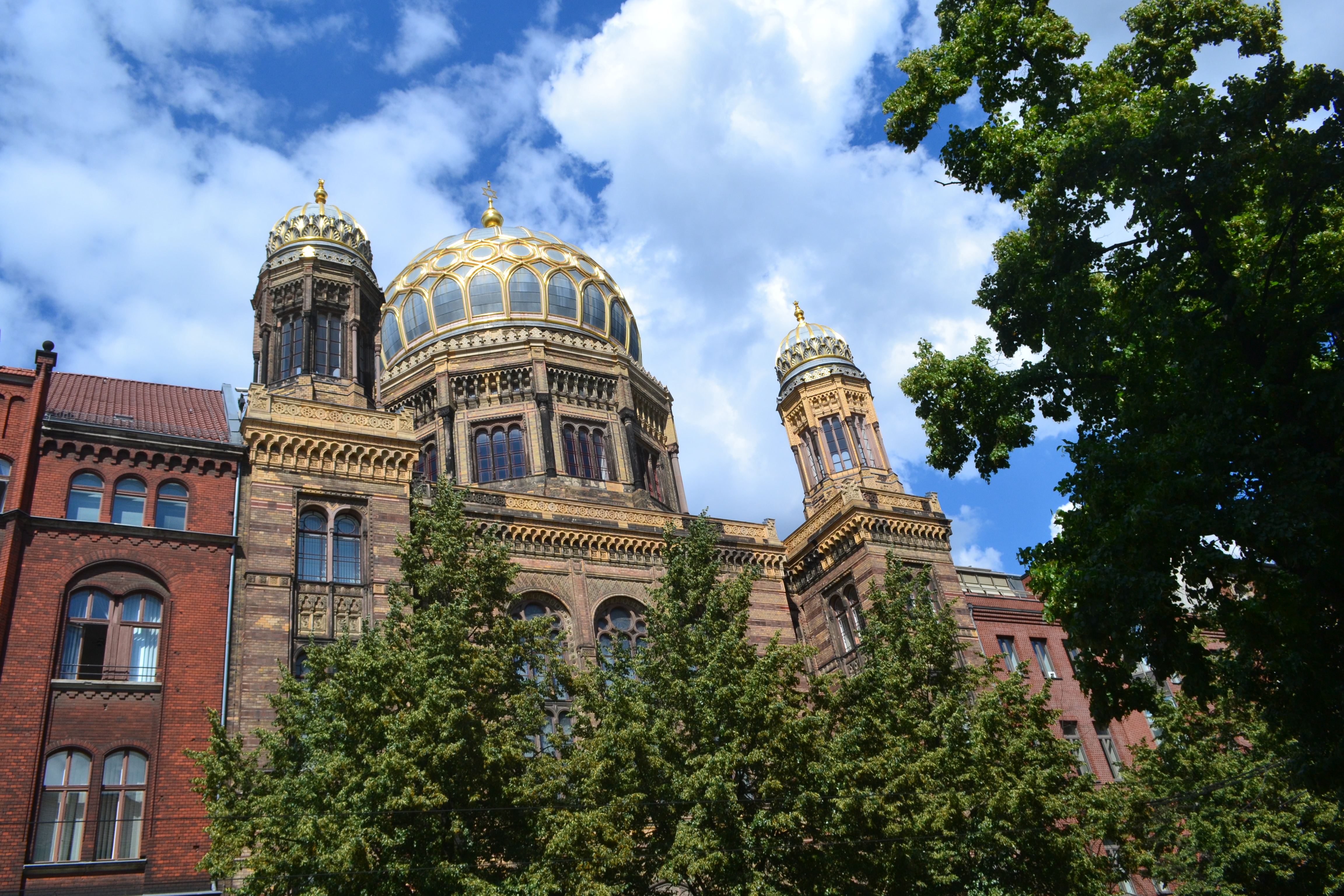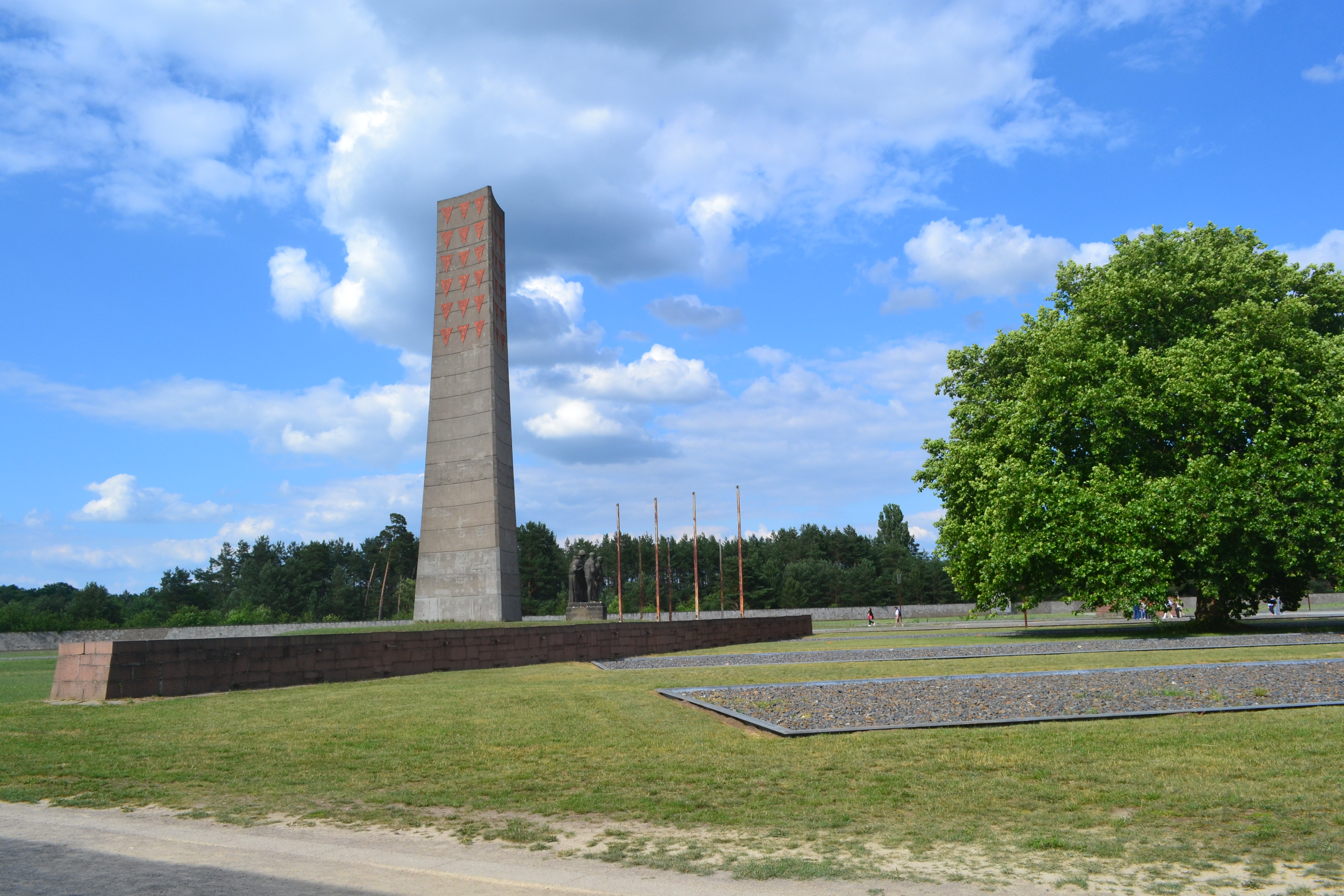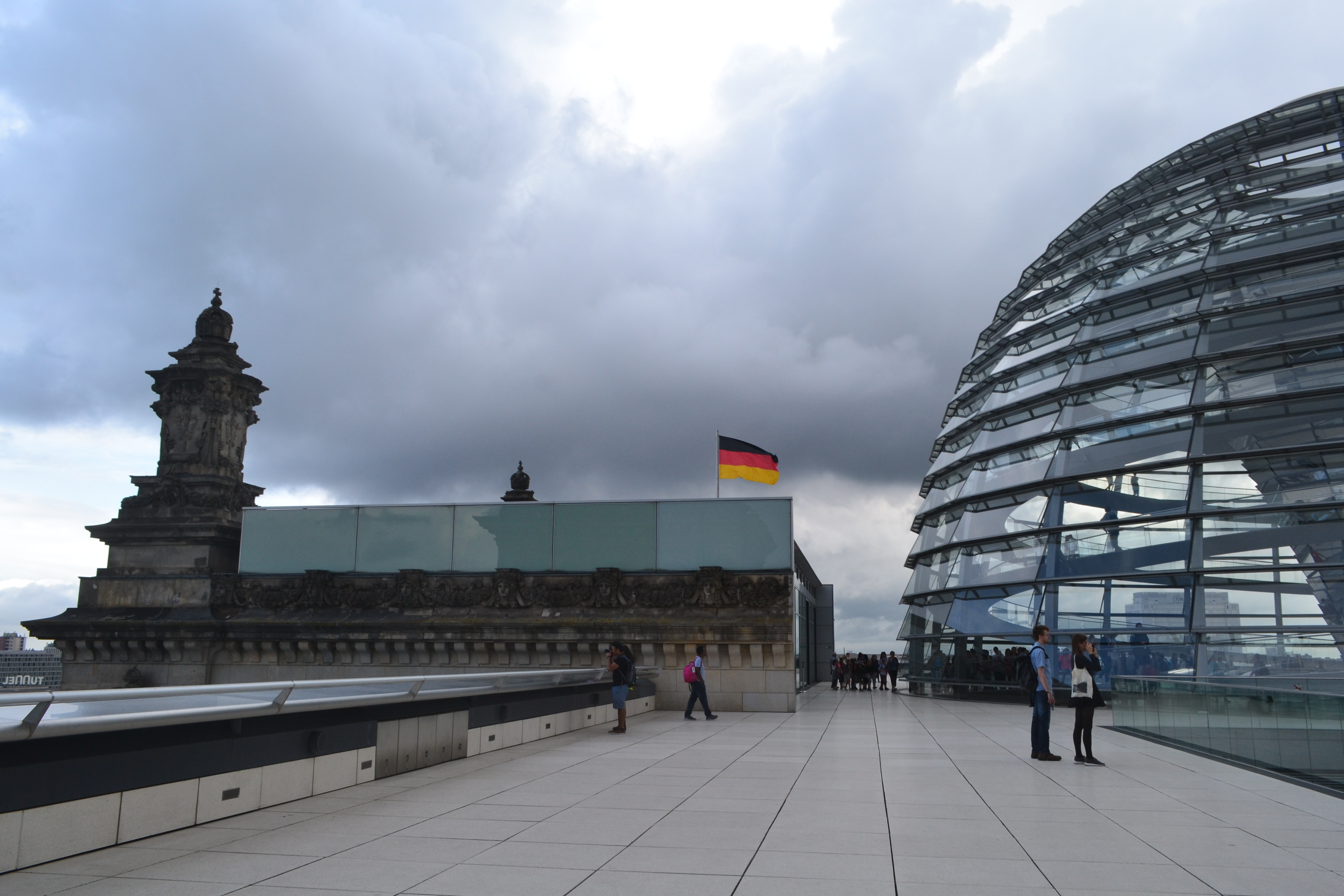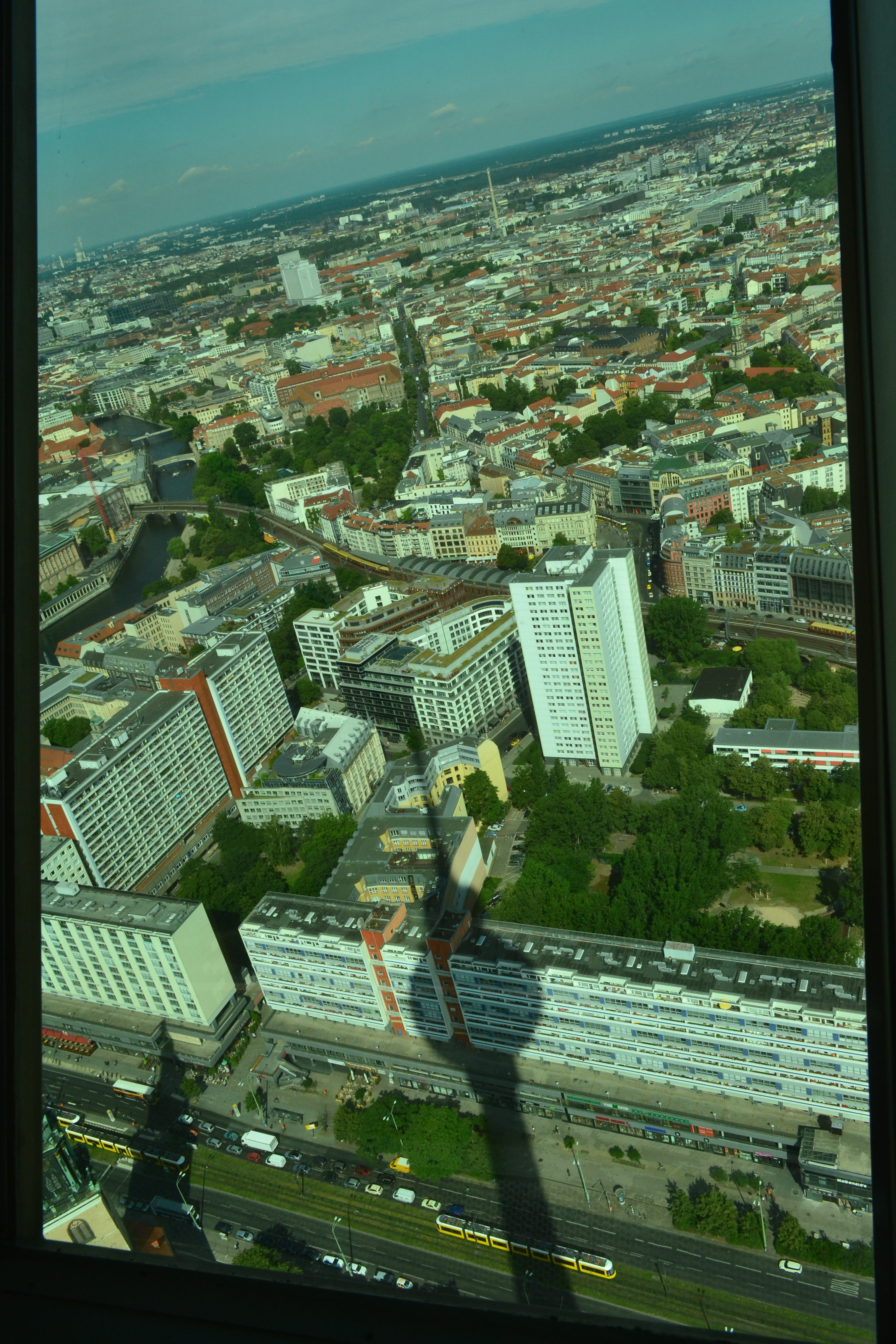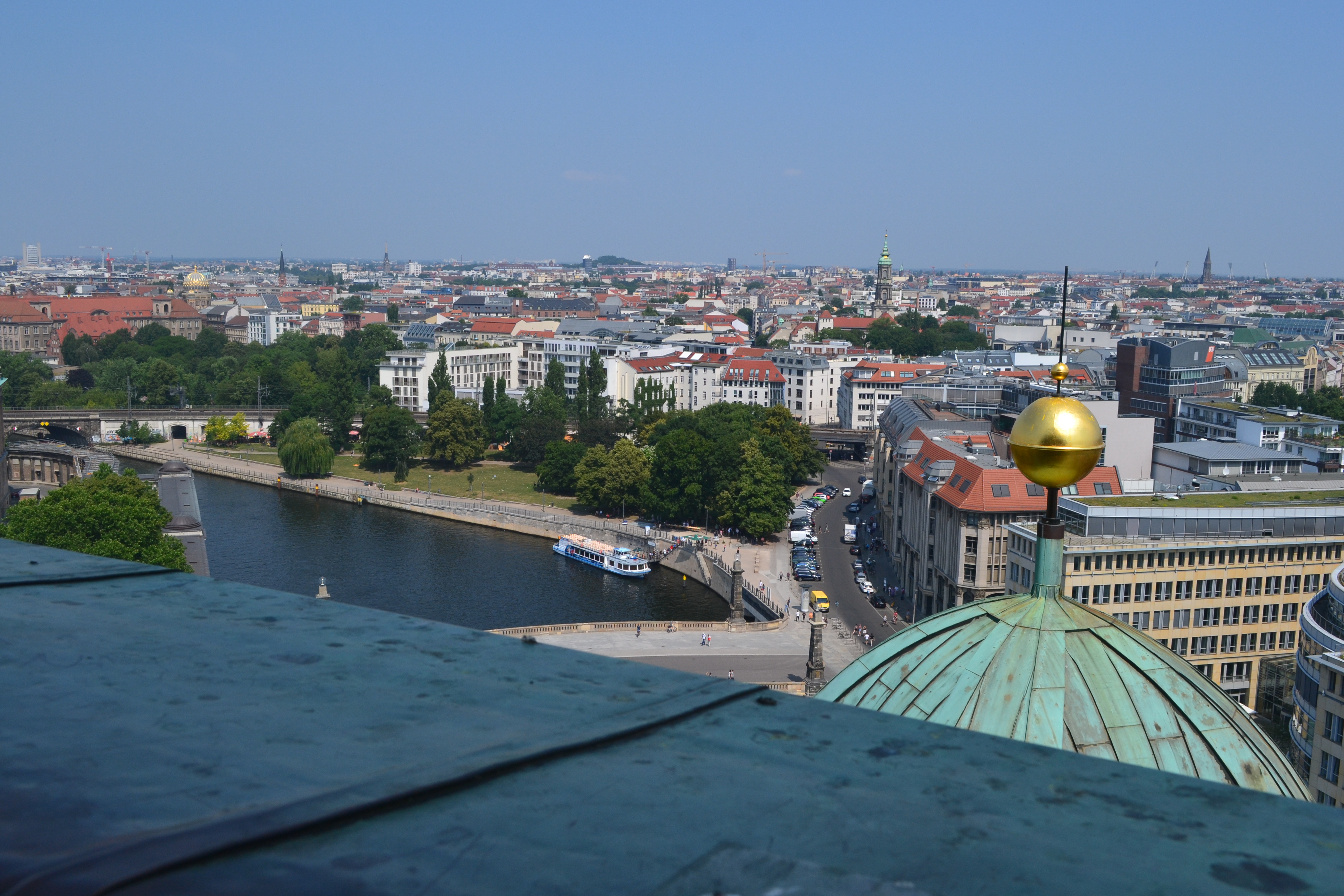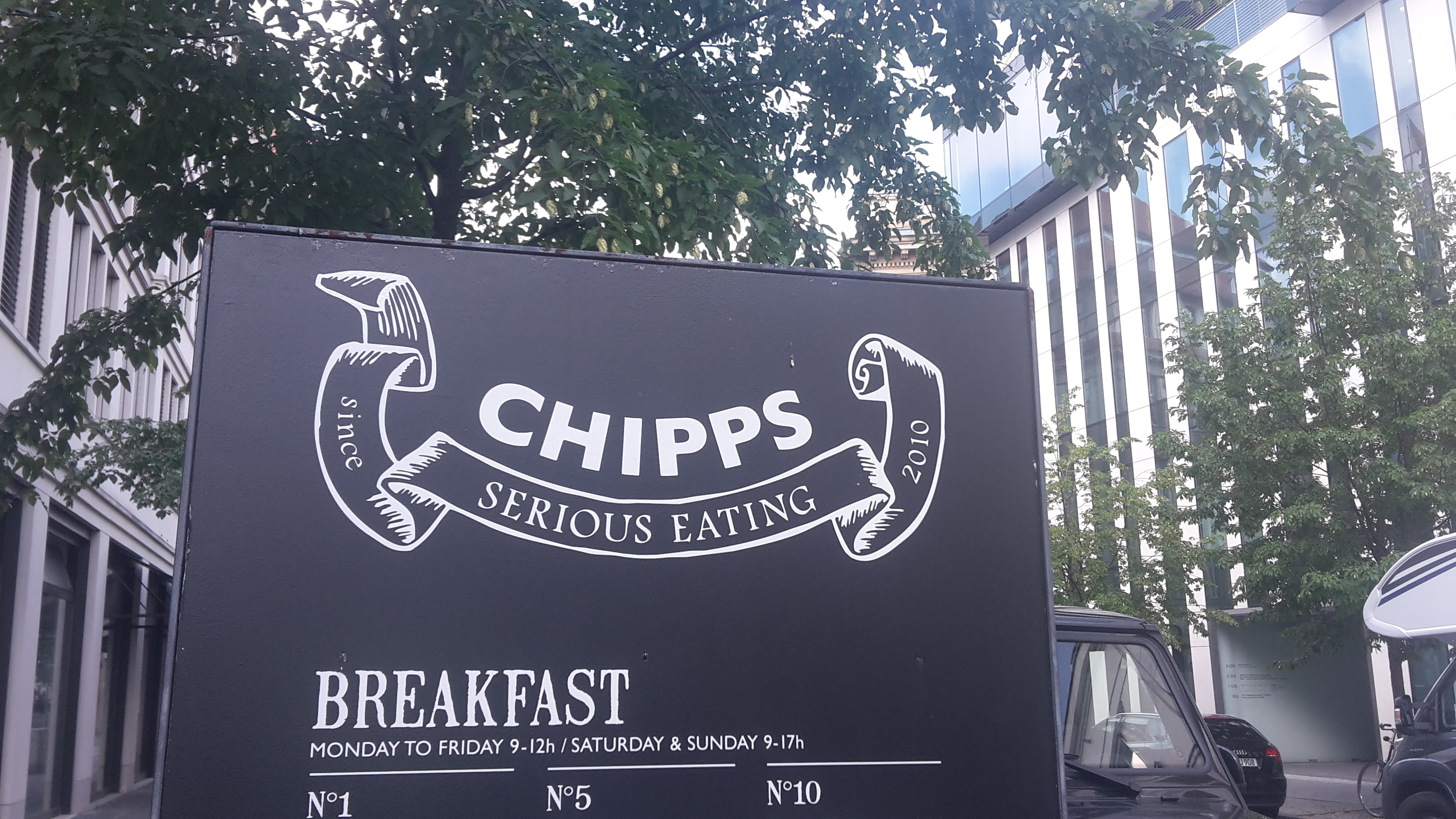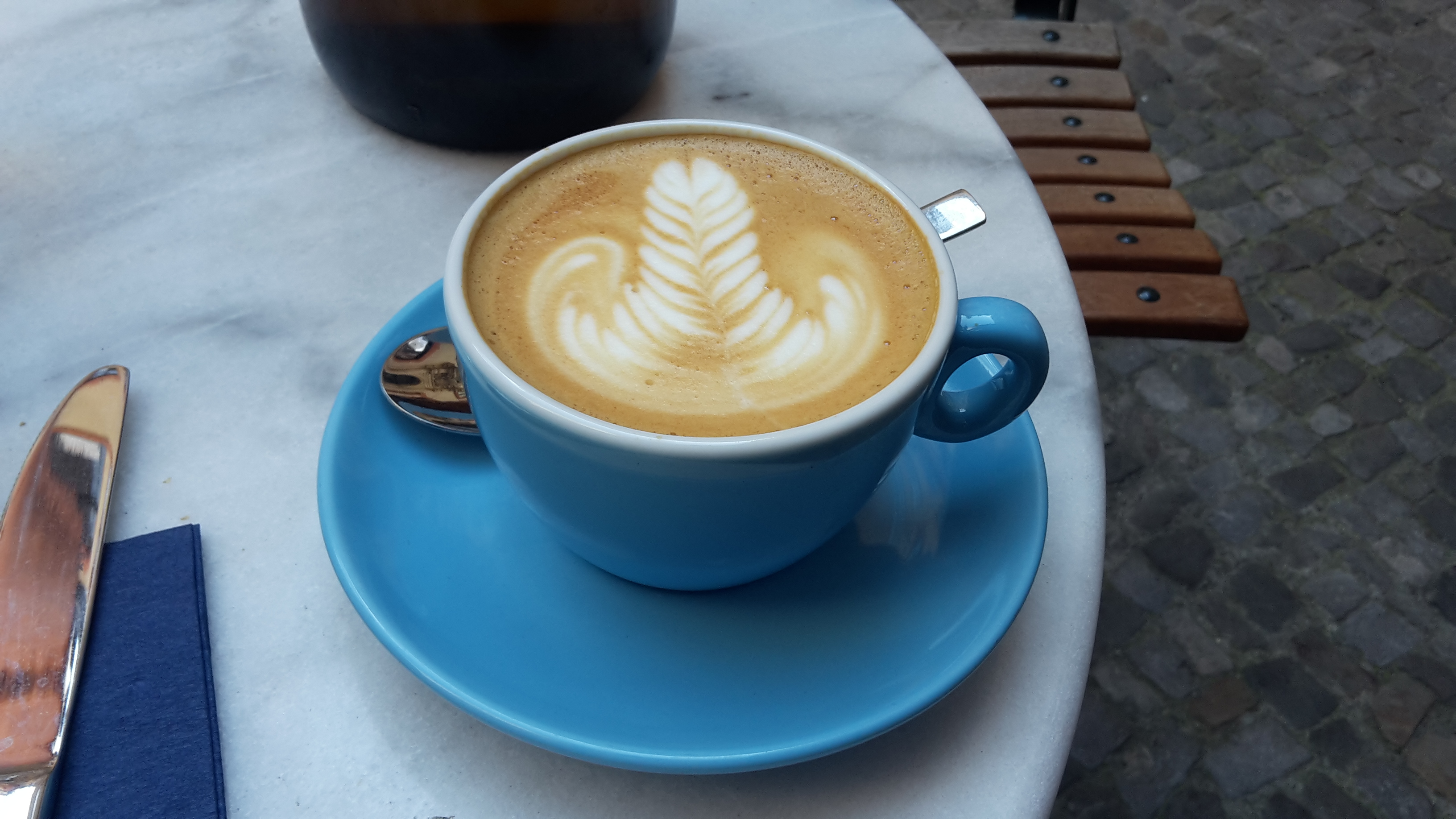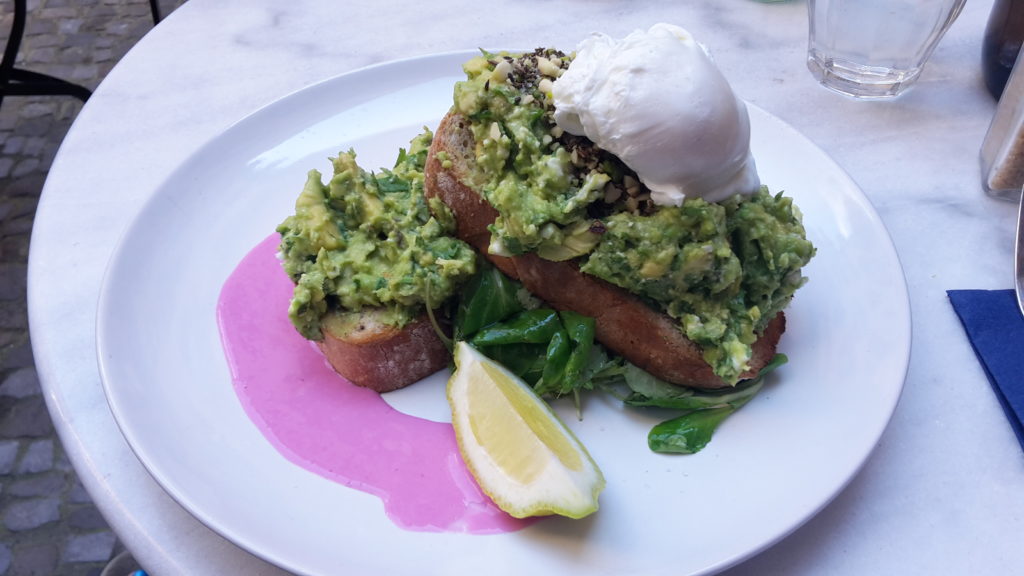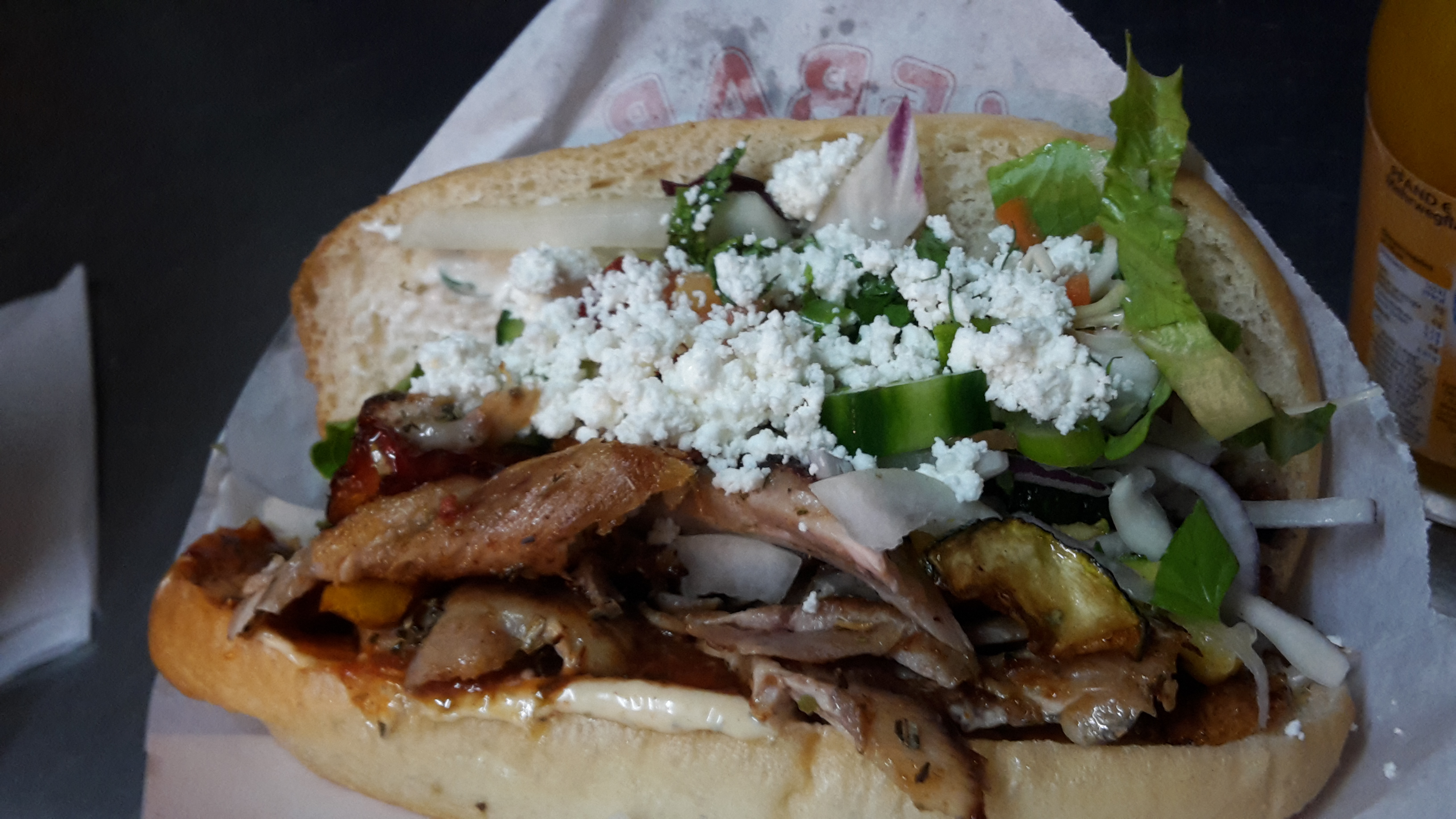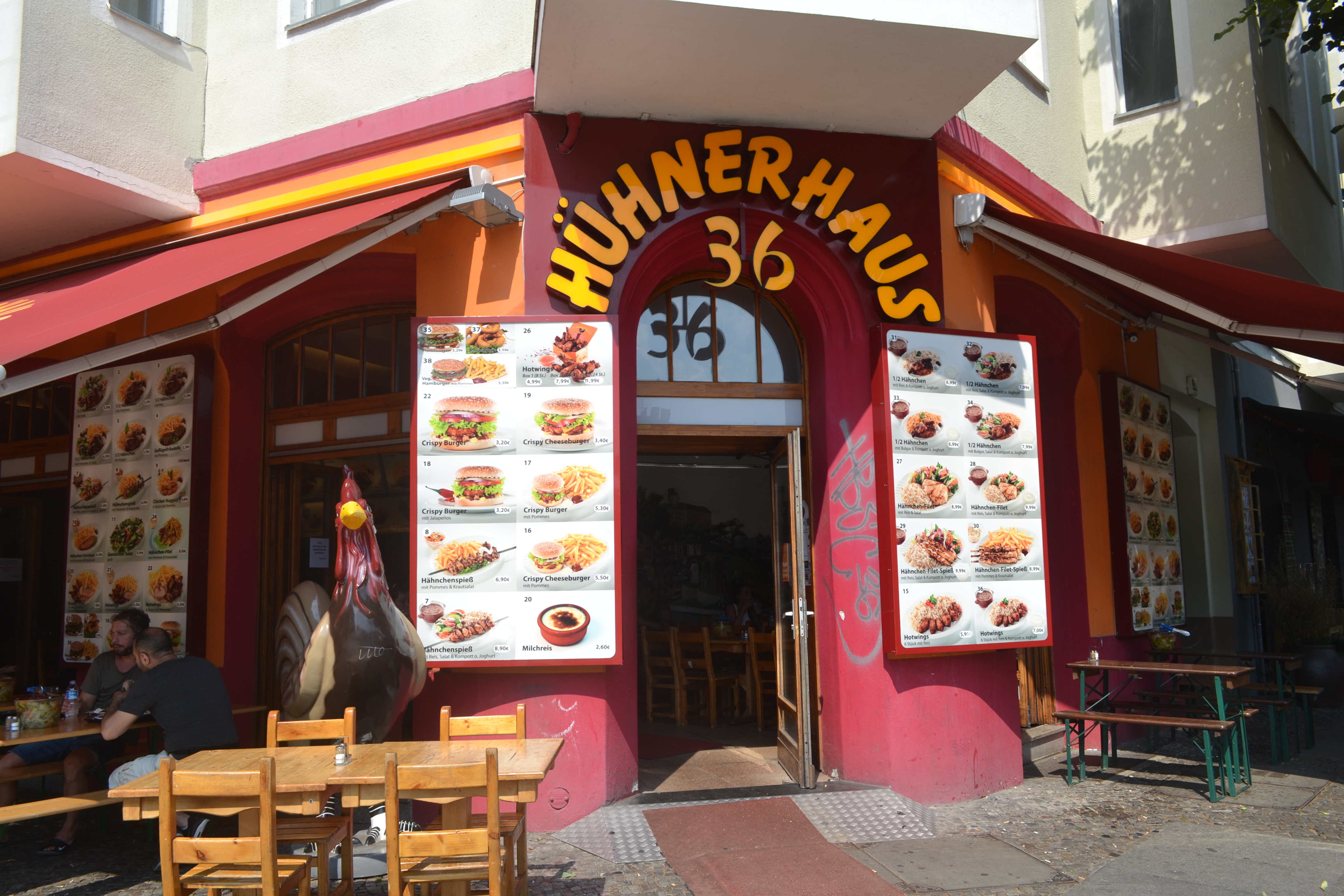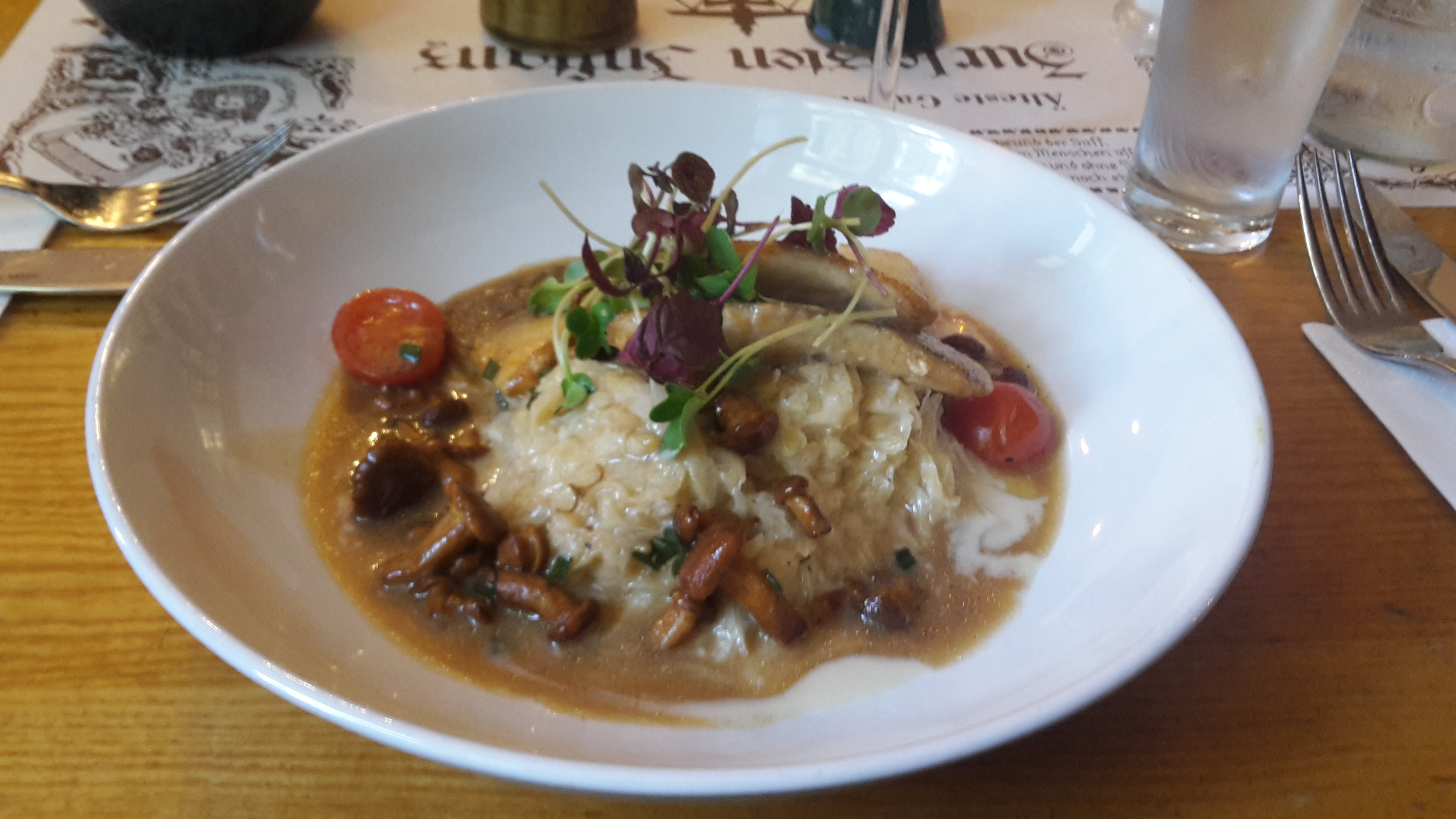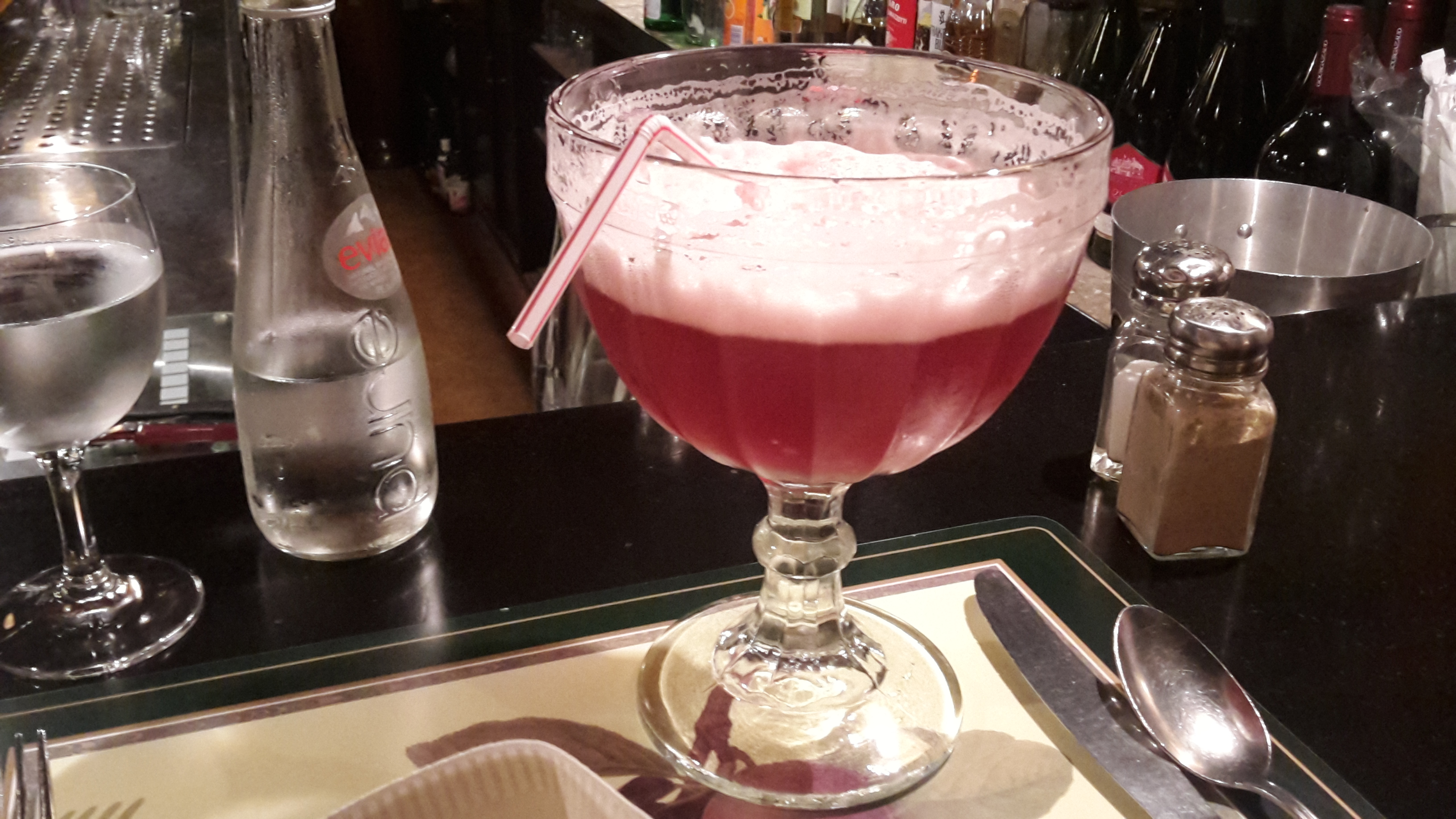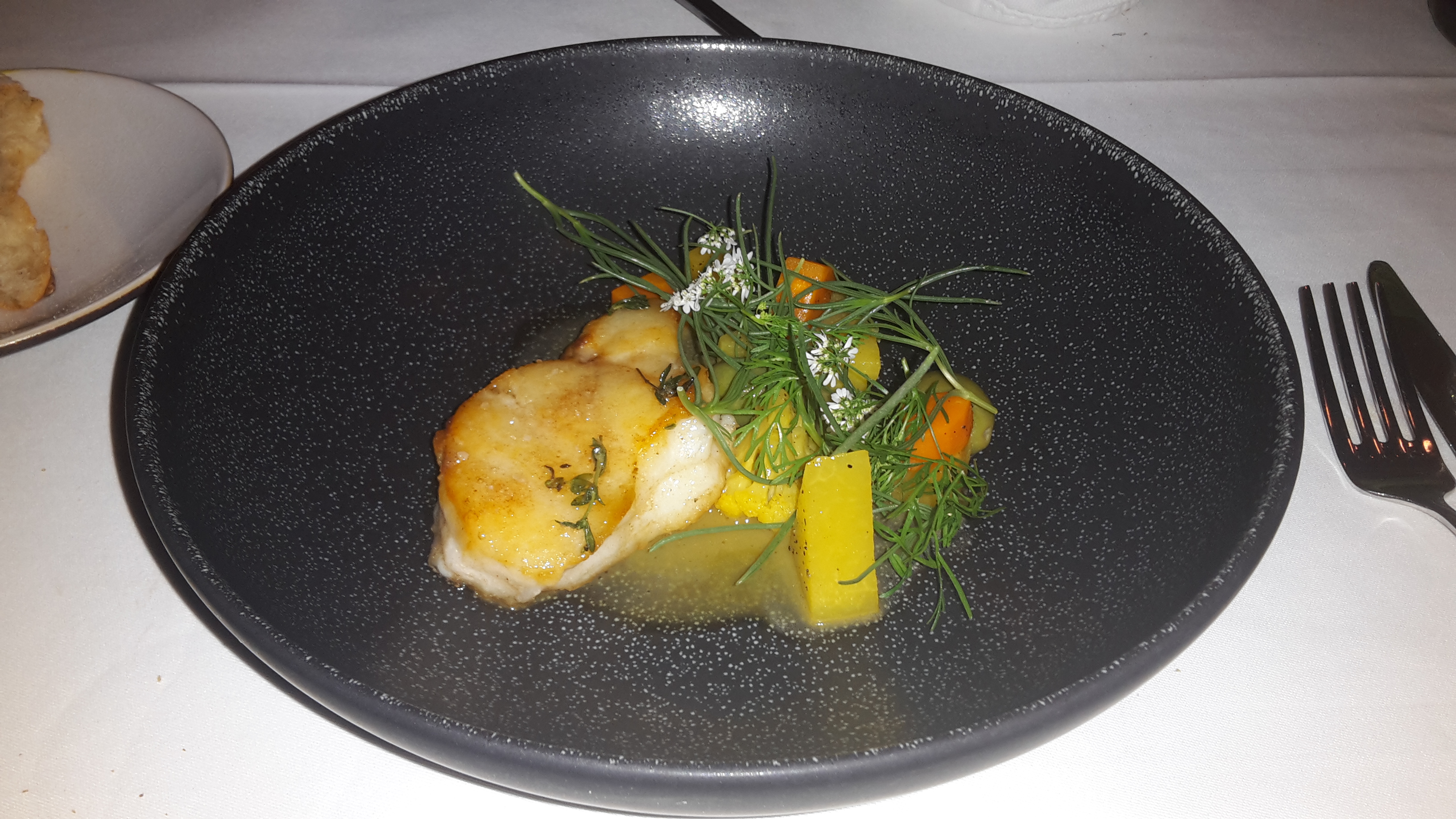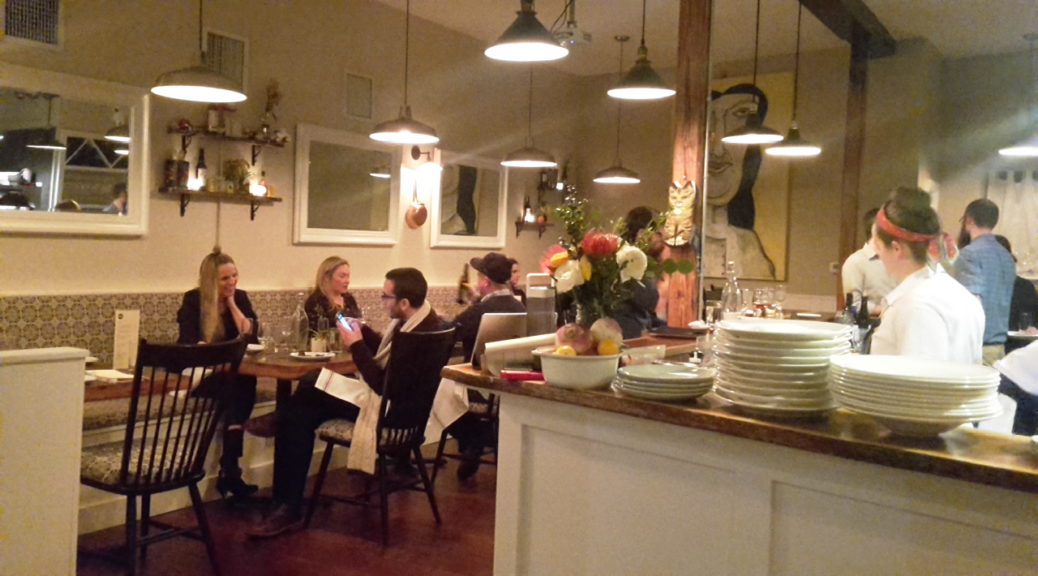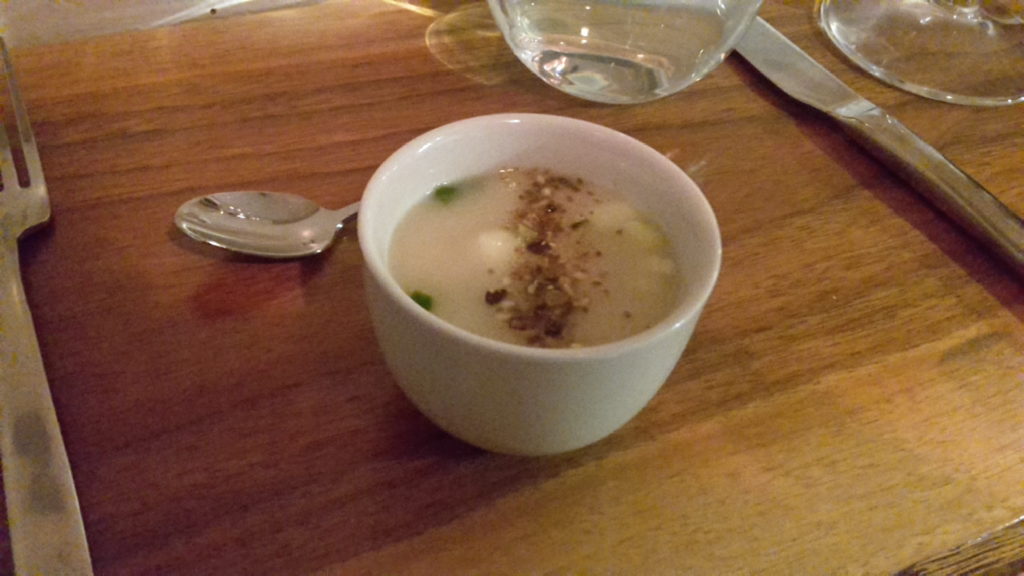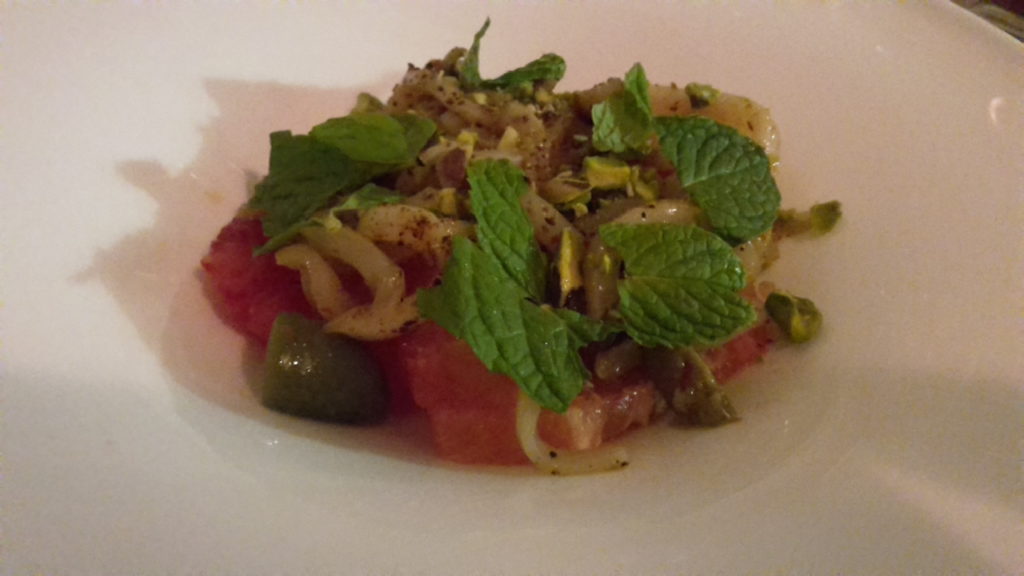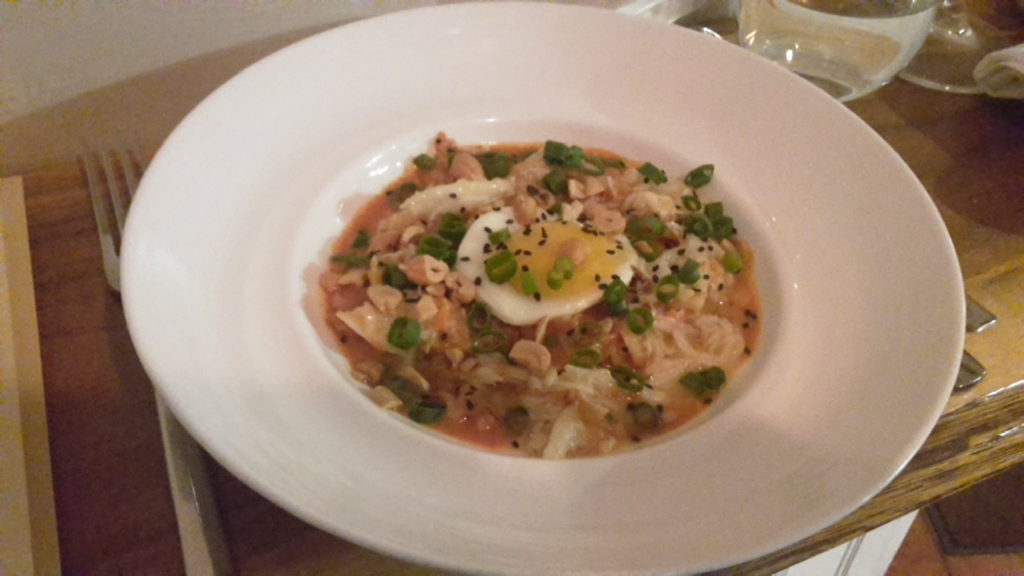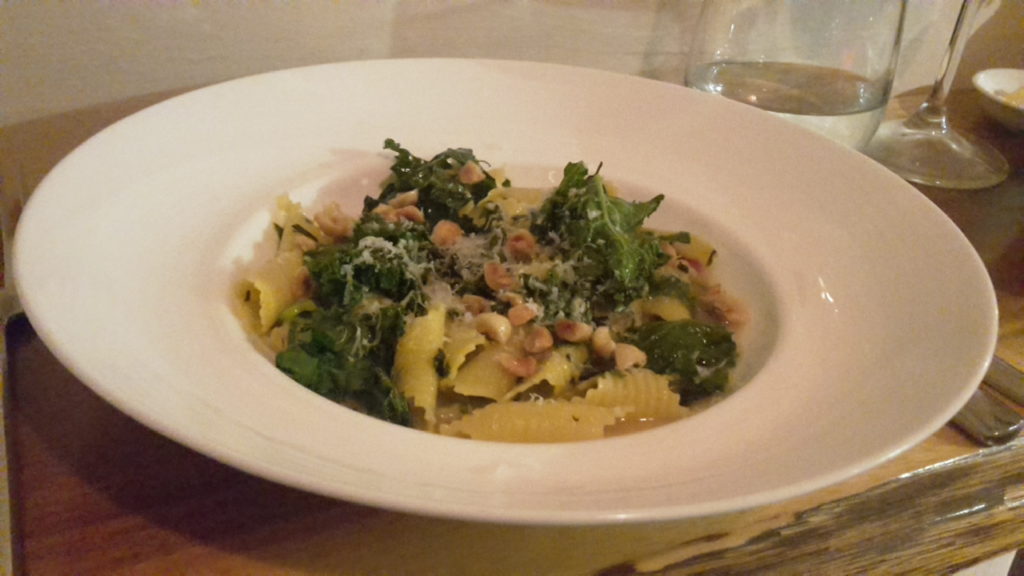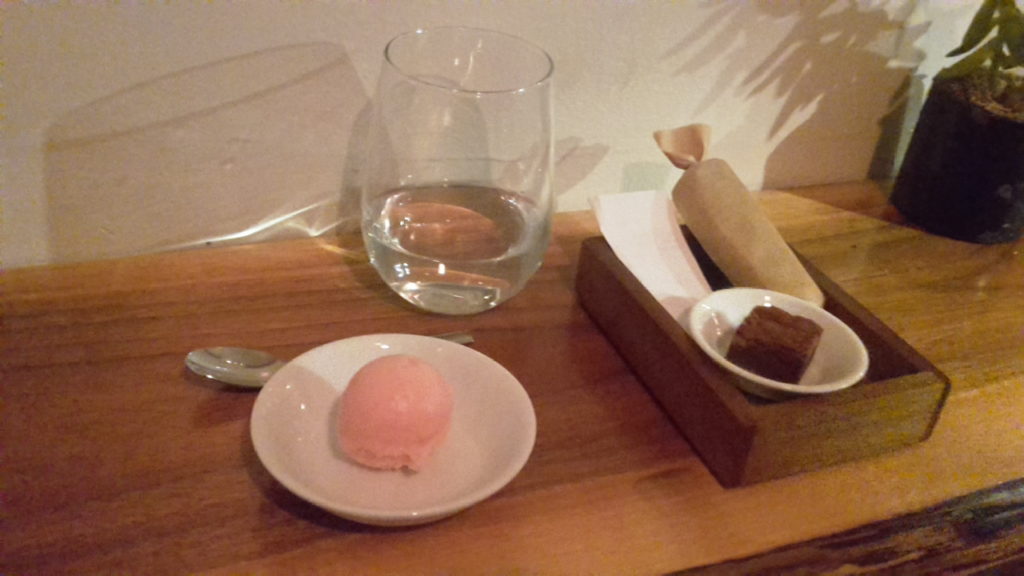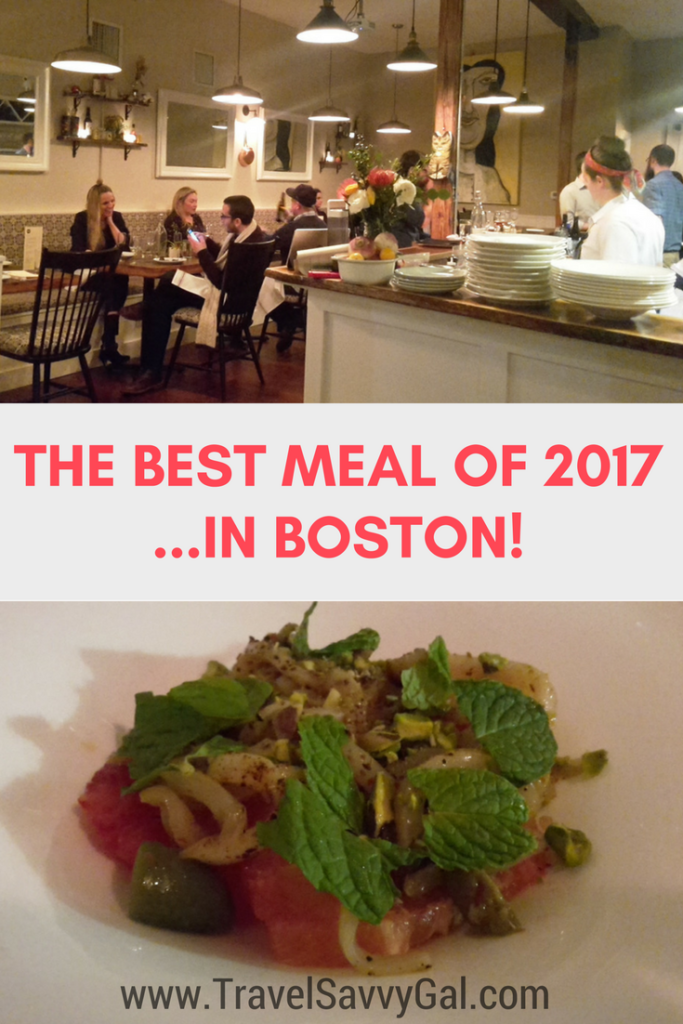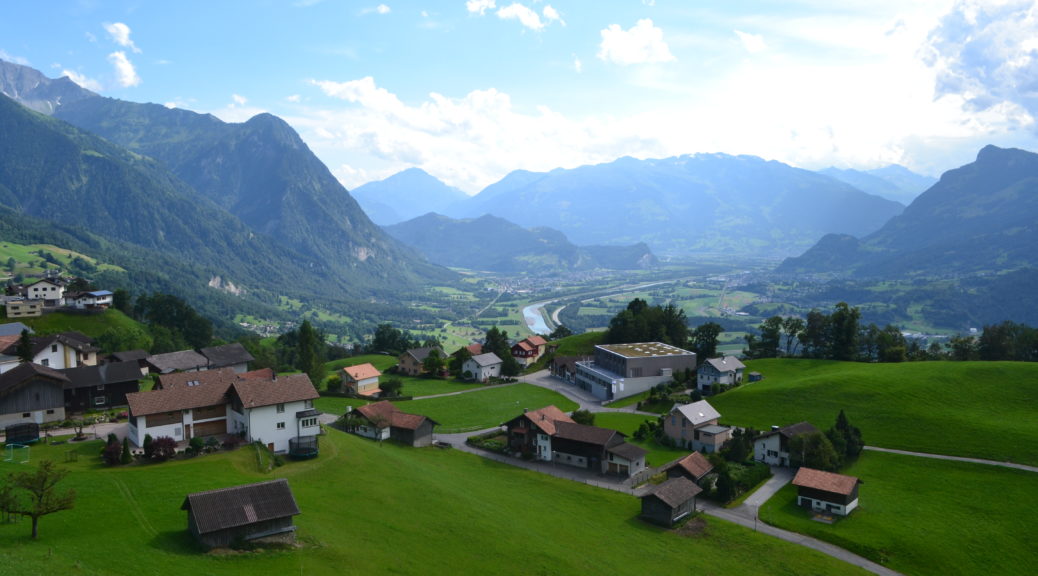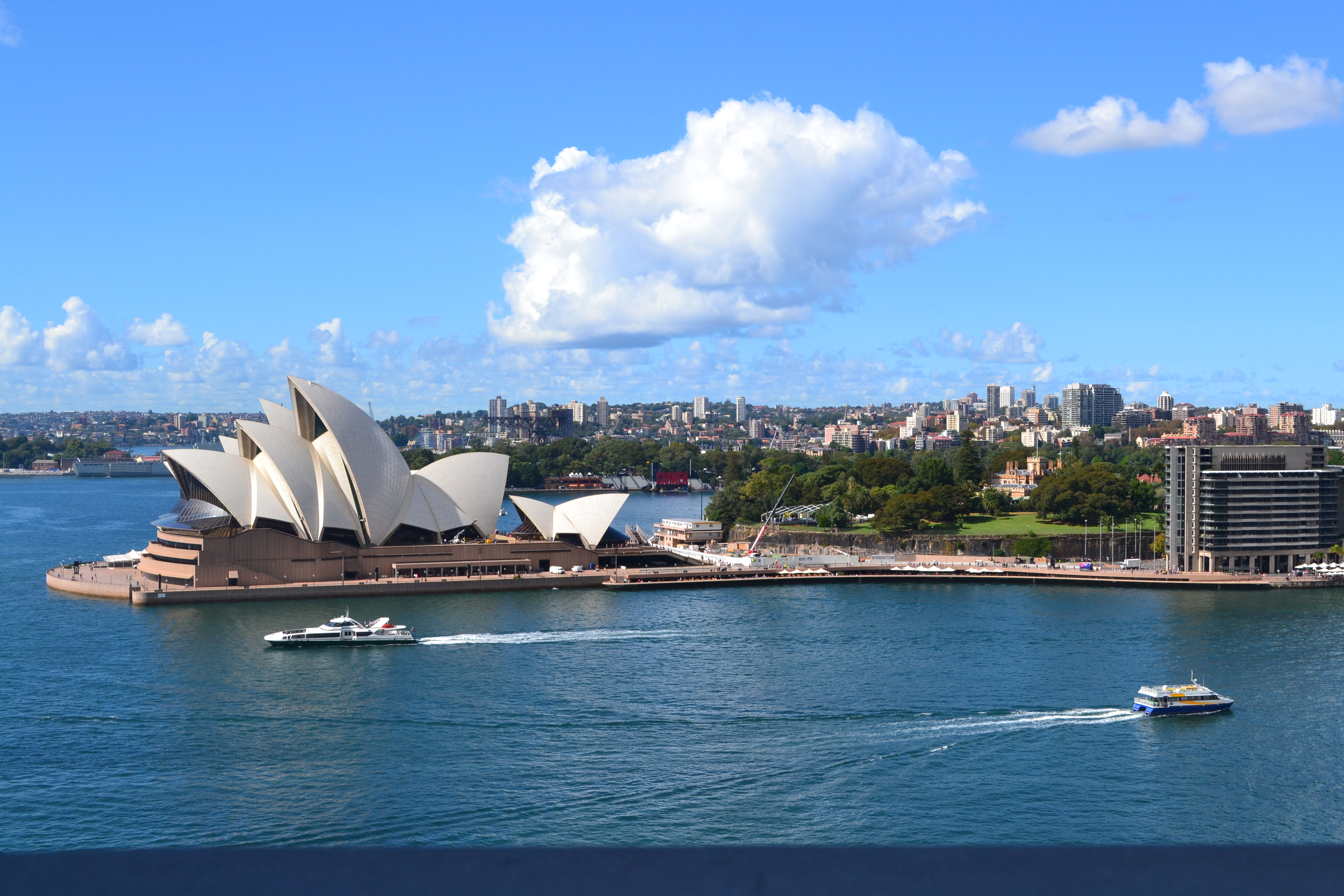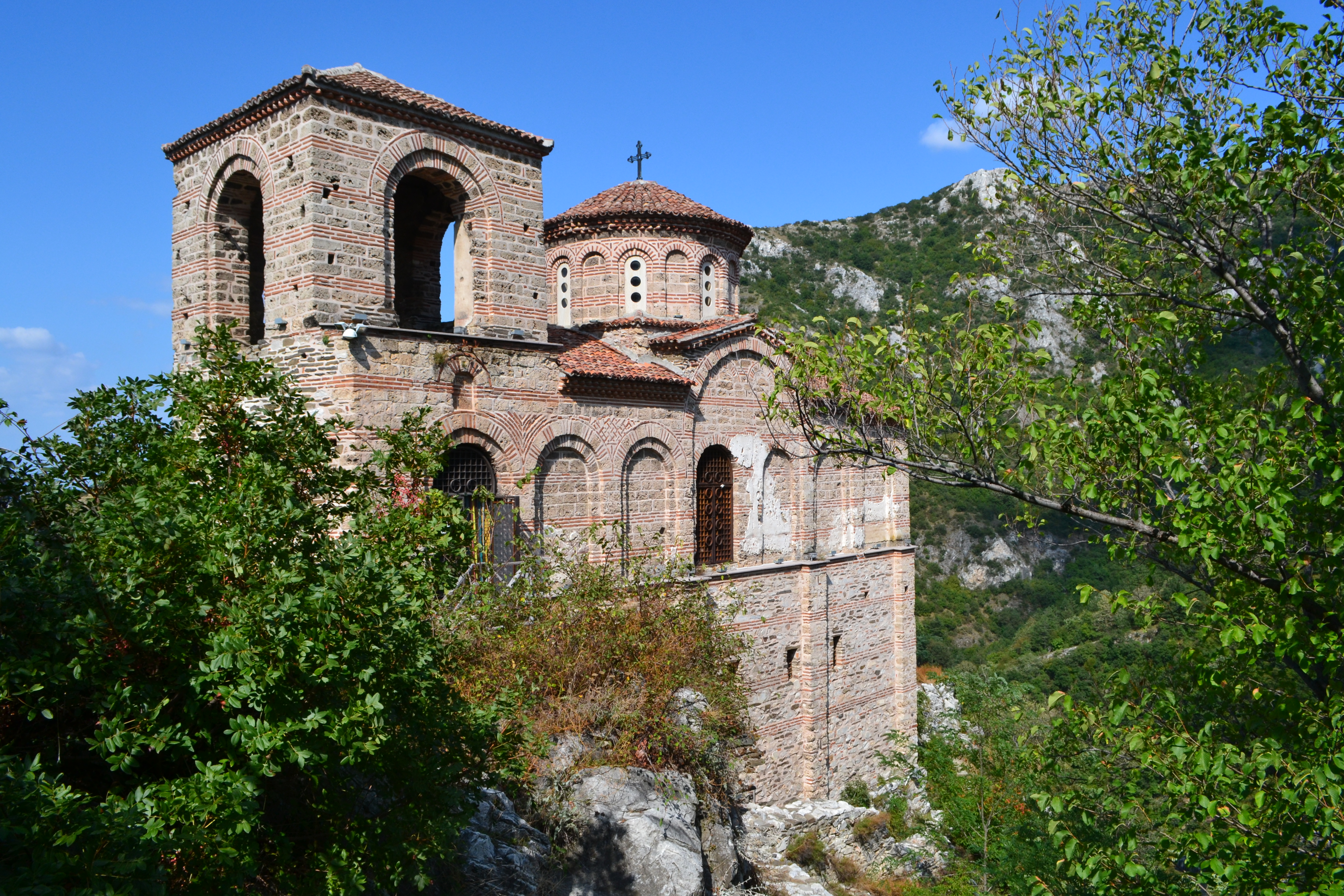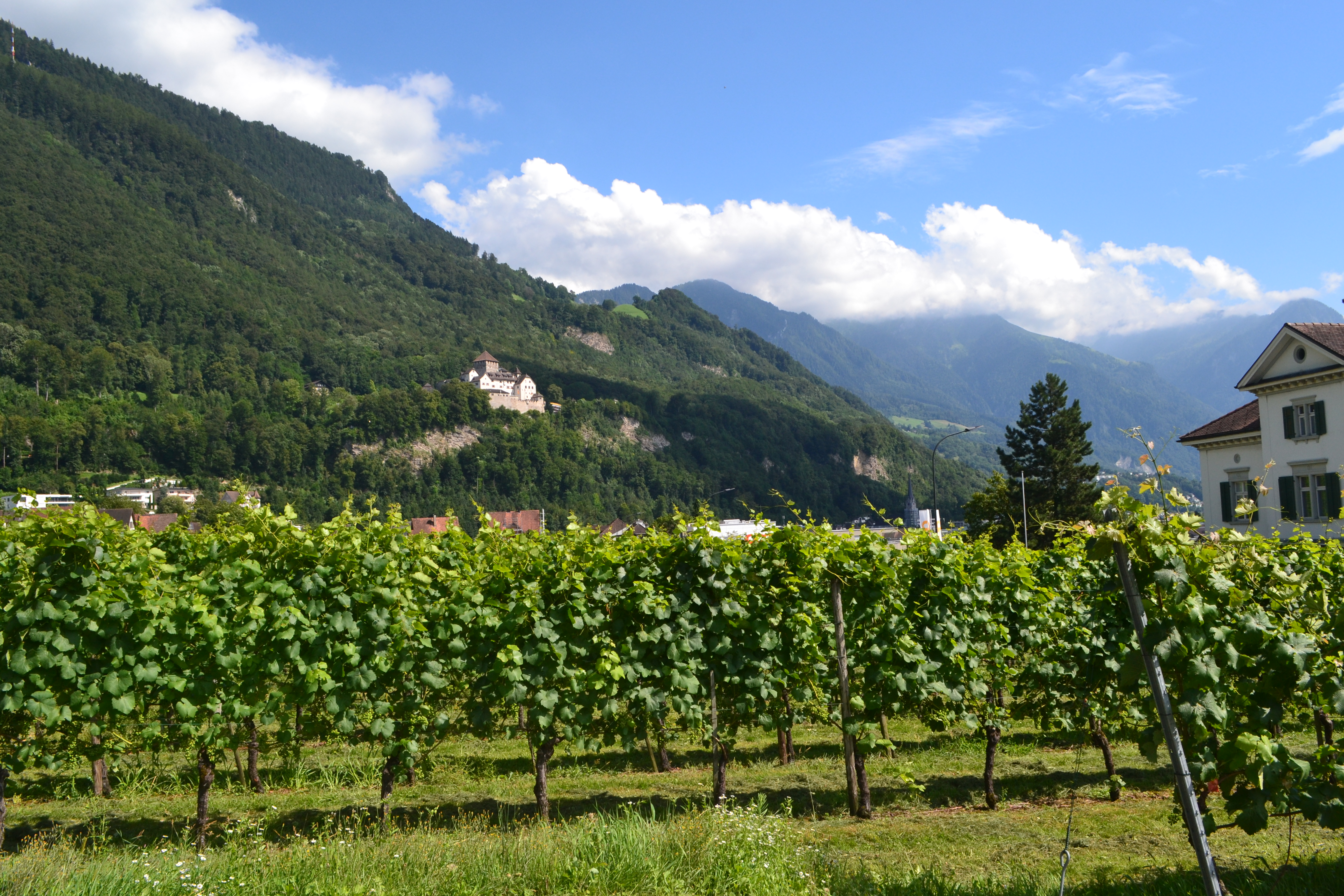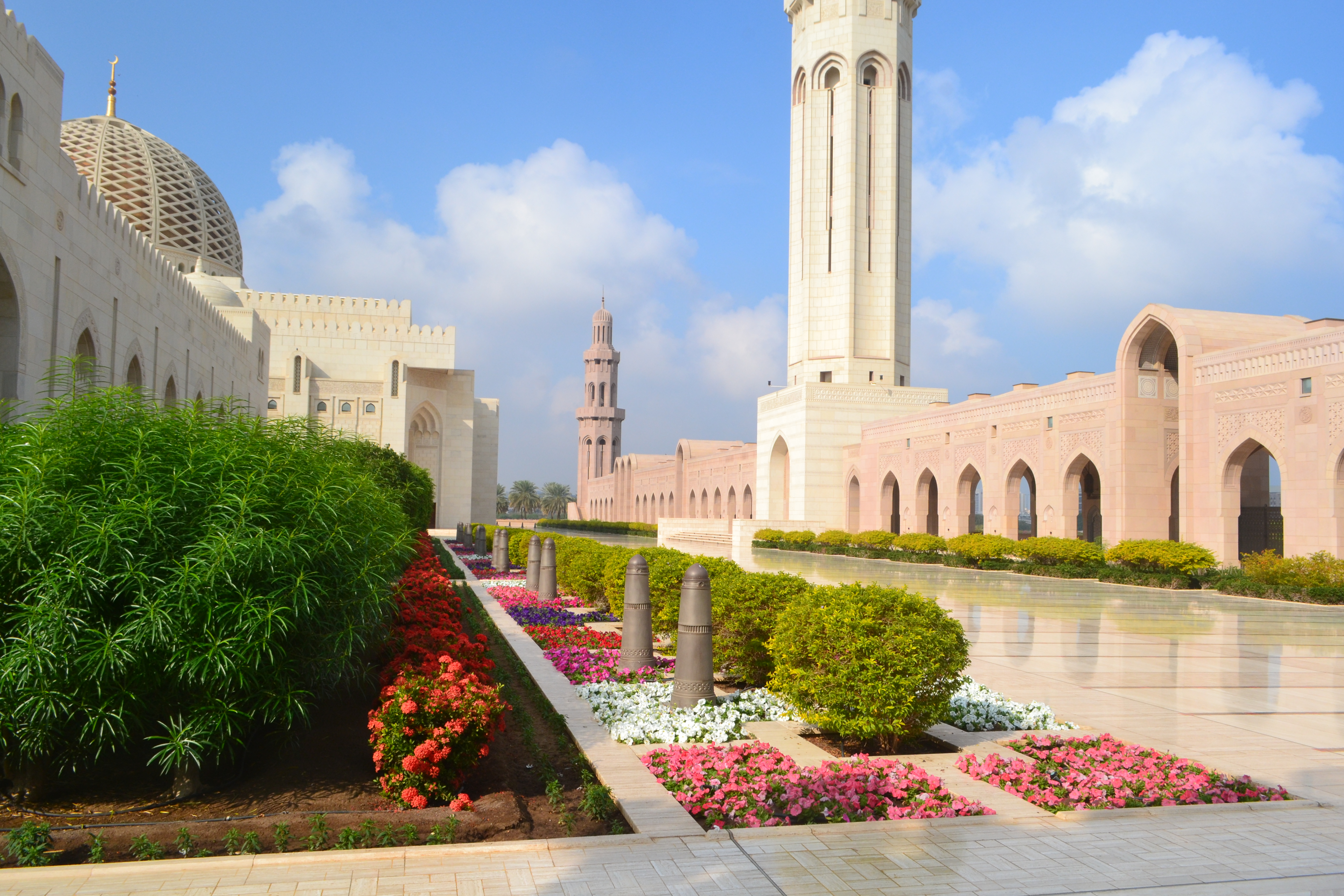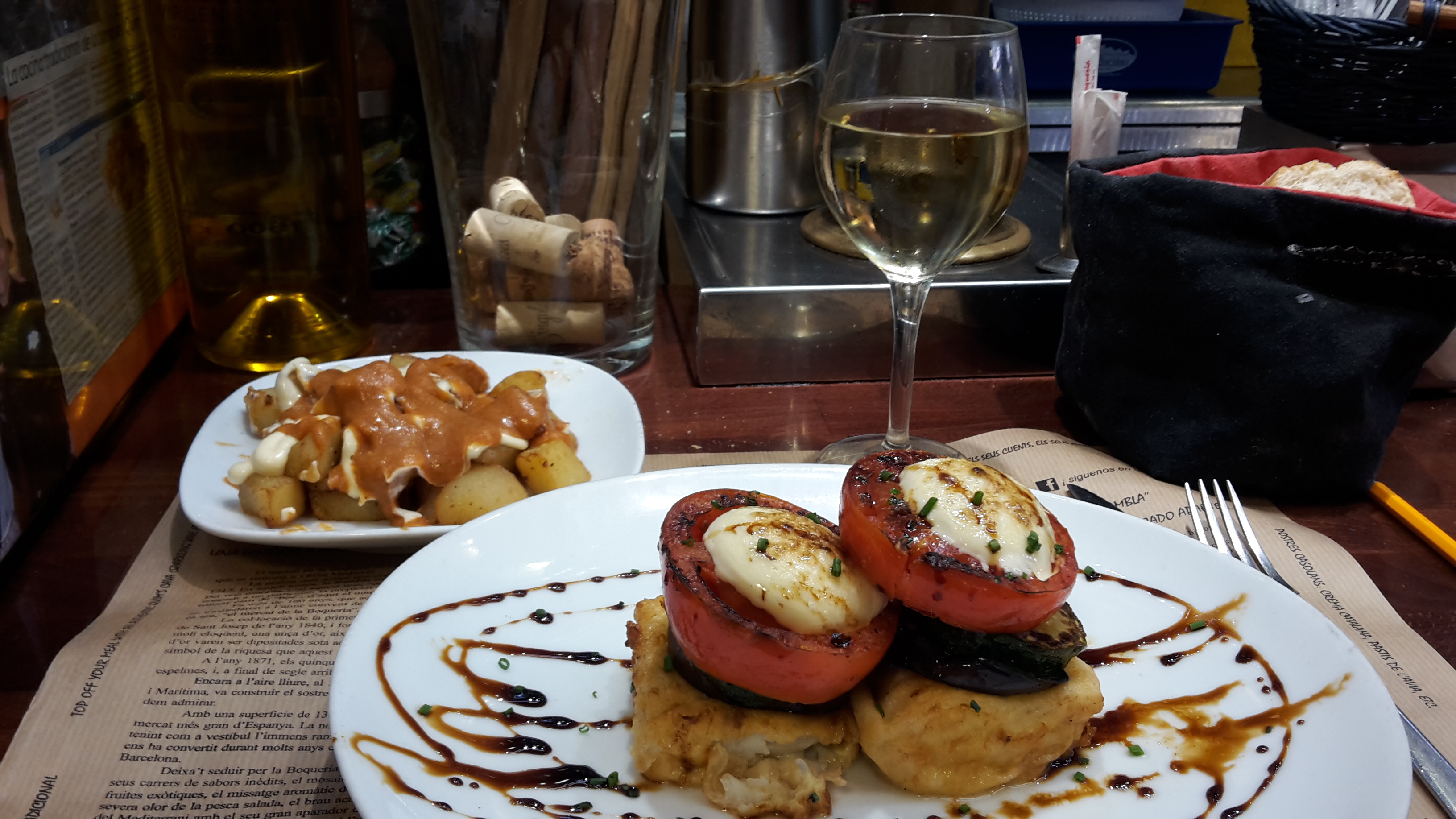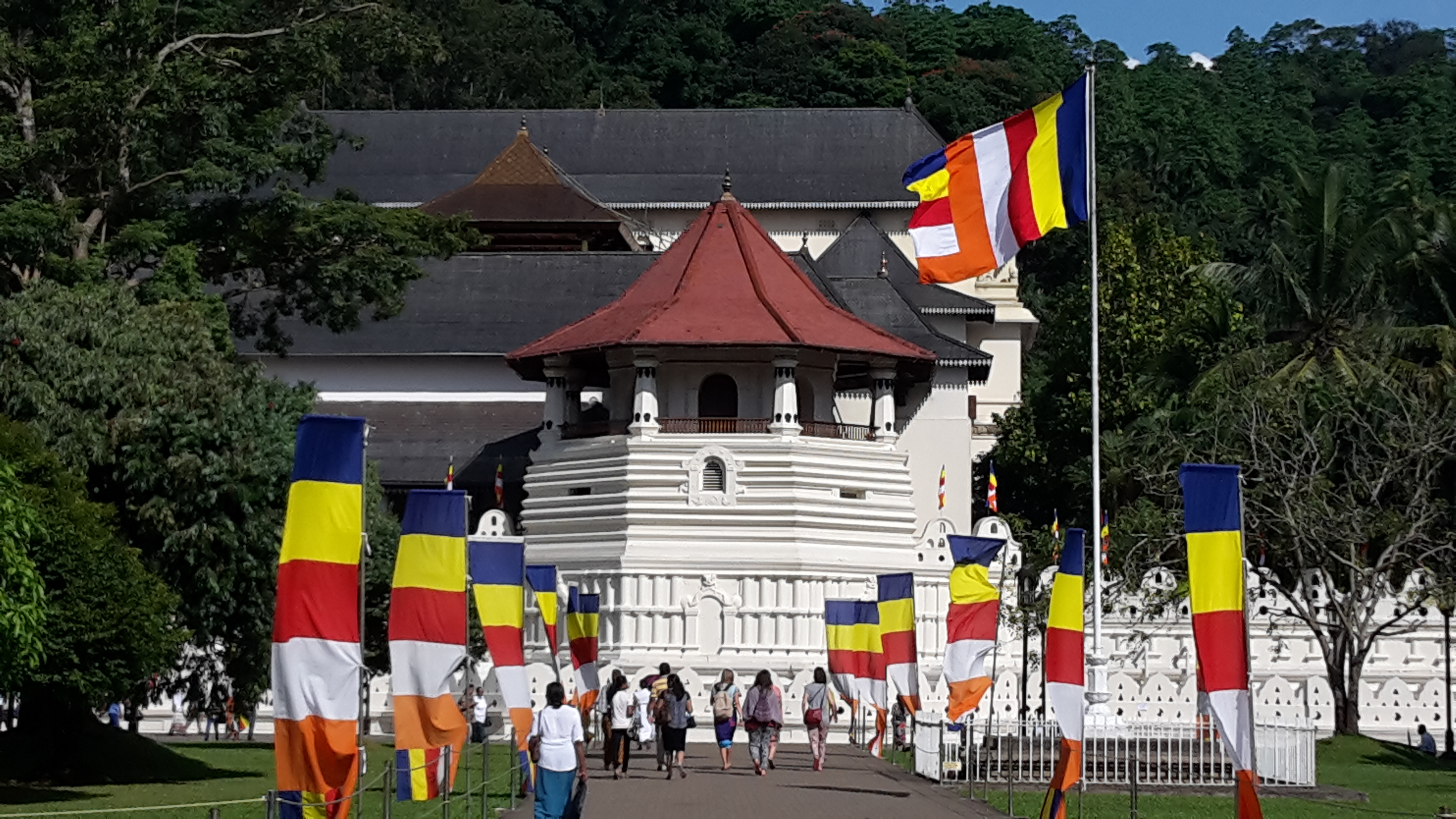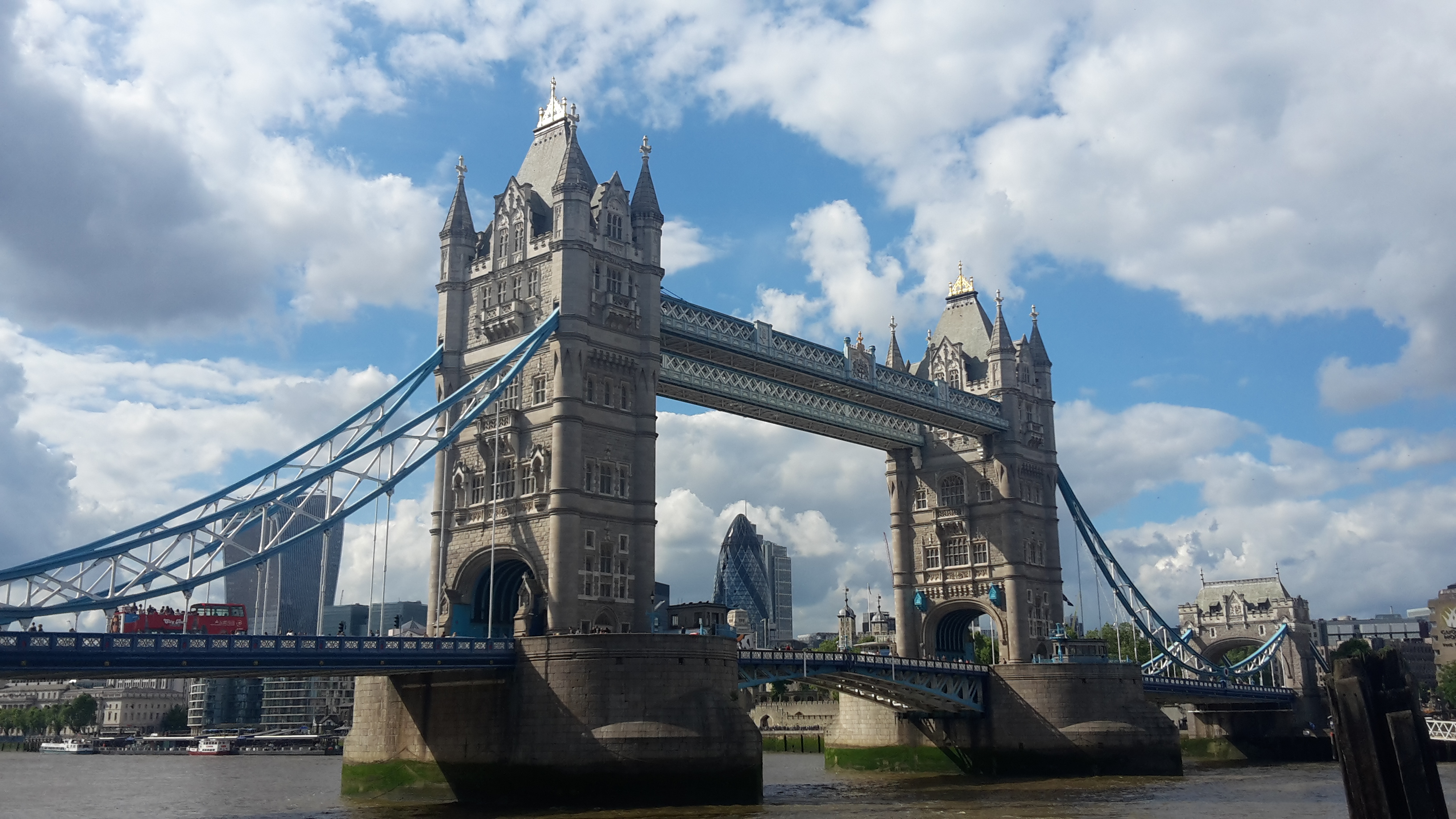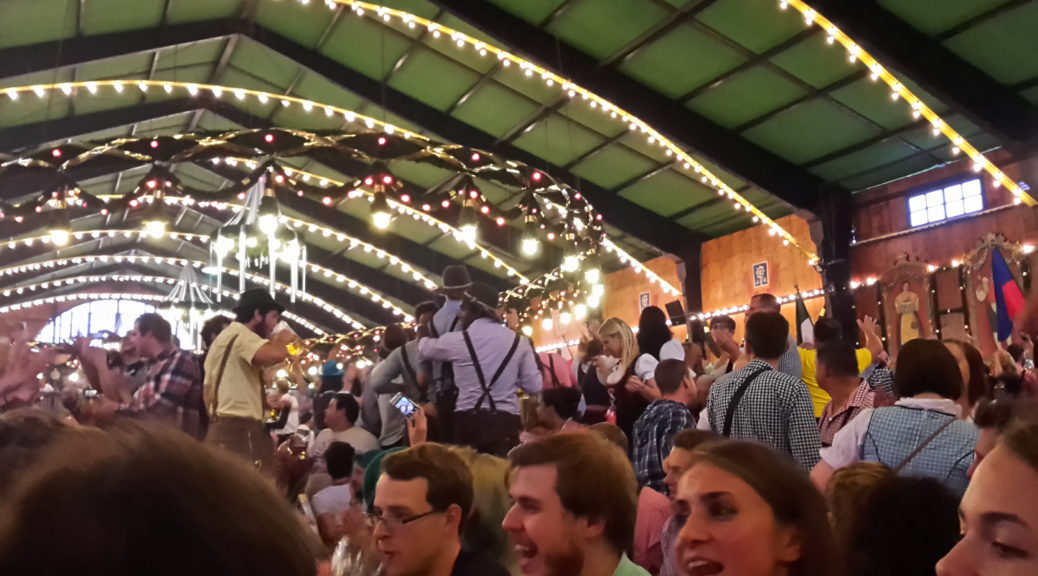
13 Things I Didn’t Know about Oktoberfest (until I went)
But Lana, you say, it’s only September. Why write about Oktoberfest now? Well, actually that brings me right into my list of what I *didn’t* know about Oktoberfest until I went:
- Oktoberfest is so named because it *ends* in October. It starts in mid-September.More precisely, Oktoberfest runs for 16 days ending on the first Sunday in October, so some years there are very few days in the month of October that are part of the festivities. Some years – like this one – have October 3rd (German National Day) falling after the first Sunday, so Oktoberfest gets extended until then.
- Oktoberfest in Munich is the most famous, and the one on most people’s bucket lists. But it isn’t the *only* Oktoberfest. If low-key is more your scene, other Oktoberfests are held in the fall throughout Germany. Berlin and Stuttgart, along with other Germany cities, also host relatively large Oktoberfest gatherings. And there are even Oktoberfests organized all over the world! Wikipedia has a good round-up here if you’re looking for an Oktoberfest celebration a little closer to home.
- Accommodations (even private rooms in hostels!) are super-expensive and sell out early.When first looking into going to Oktoberfest, I wanted to be sure I had a place to sleep, and actually started by looking into local hostels. A lot of Munich hostel options turned out being *more* expensive that other local hotels, and seemed to sell out sooner. If you’re making plans relatively last-minute, I can highly recommend Hotel Uhland, where I ended up staying. You must book by contacting them personally and pre-pay, which means that they still have available rooms after other booking sites have sold out and re-release rooms if payment is not received. Plus, they offer parking and are in an excellent location – close to the metro and city center, and very easy walking distance to the Oktoberfest grounds.
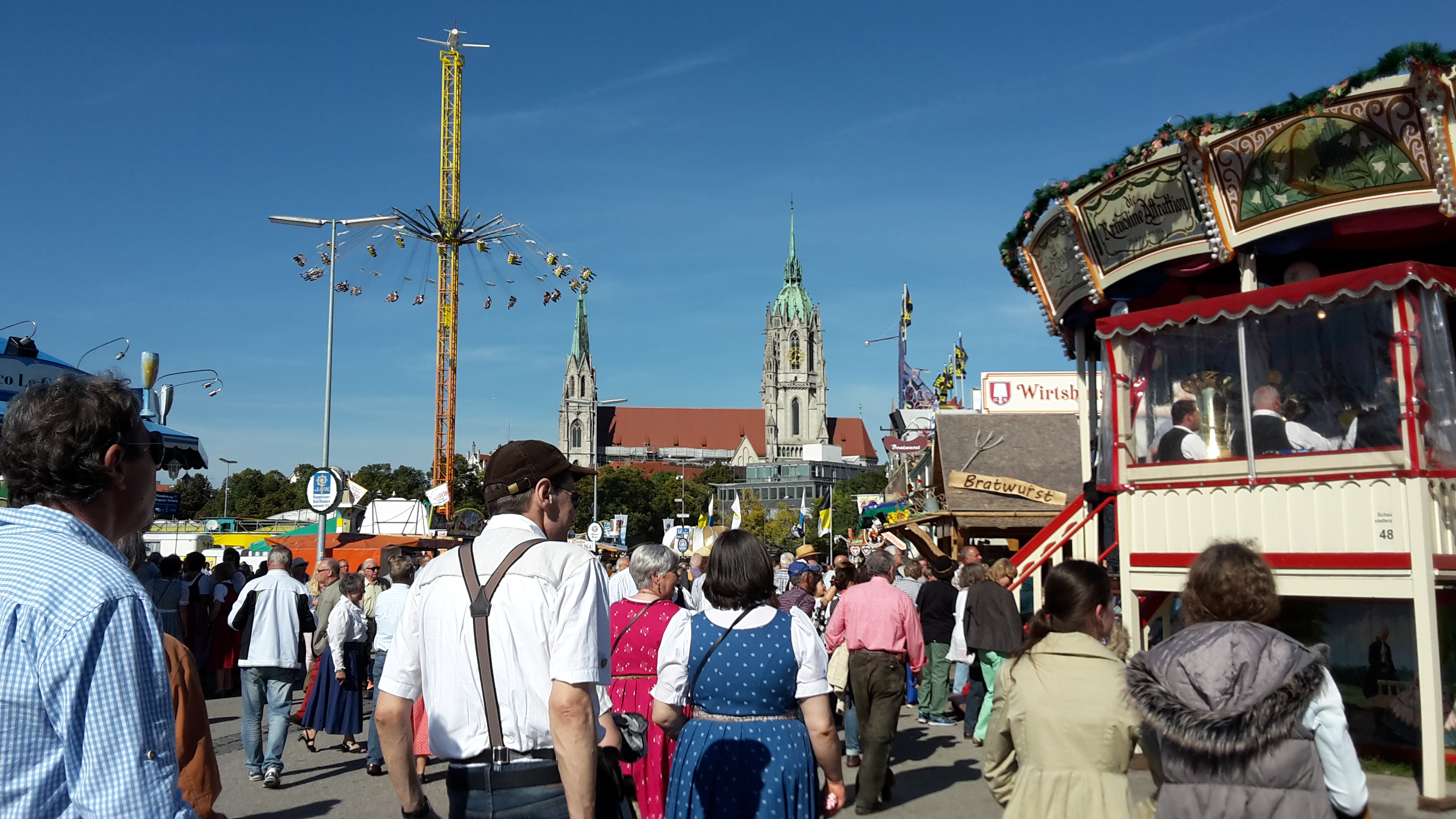
Beer festival and carnival in one!
- Oktoberfest is really a giant carnival held on a huge grassy expanse.I really thought that Oktoberfest was all about the beer. Until I went, that is. It is held on an enormous plot of land, with your typical carnival rides as far as the eye can see. There were even a lot of families with children enjoying the experience. As for riding the rides, I recommend that you pace yourself between drinking before going on a ride that will spin you and have you hanging upside down 😉
- Oktoberfest is FREE.Well, of course you’ll be paying for food, beer, and any rides or souvenirs you purchase, but attending itself is completely free. This could even be a relatively budget-friendly trip, if you find cheap enough accommodations (and don’t drink too much beer).
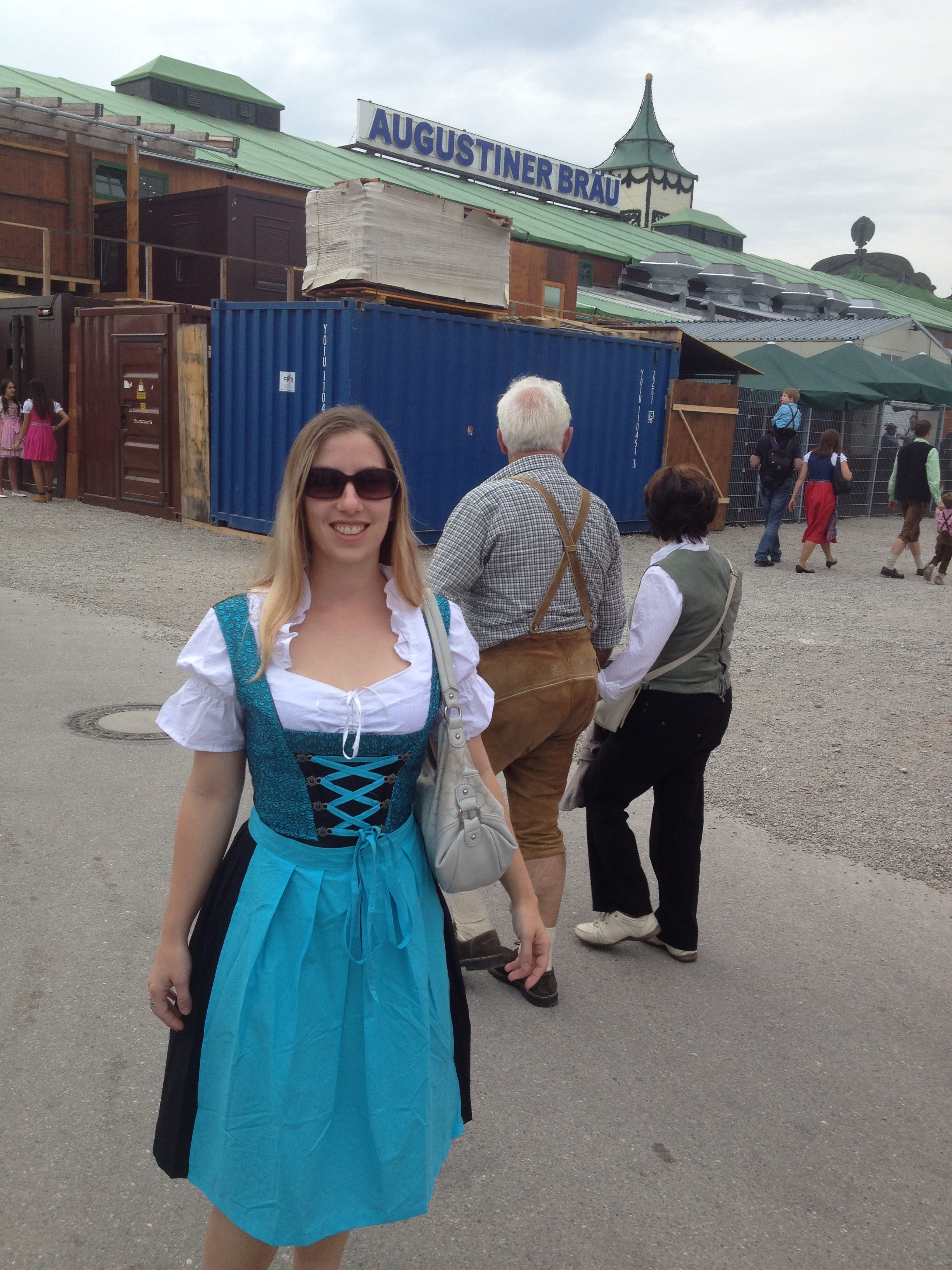
- Many people dress up, but don’t worry, lots of people don’t.Before I went, I casually looked into how much I would have to spend to purchase a traditional German outfit called a dirndl, and the prices were outrageous. But once Oktoberfest has started in Munich, there are deep discounts to be had, especially toward the end of the festival. I bought my entire dirndl (there are a few different parts to the outfit) at a pop-up shop for just 30 Euro. If you are the crafty type, it wouldn’t take much sewing to make your own outfit. And if you’re a man, it seems that wearing any plaid shirt and dark colored shorts or pants will enable you to fit in, and plenty of more authentic outfits are for sale as well.
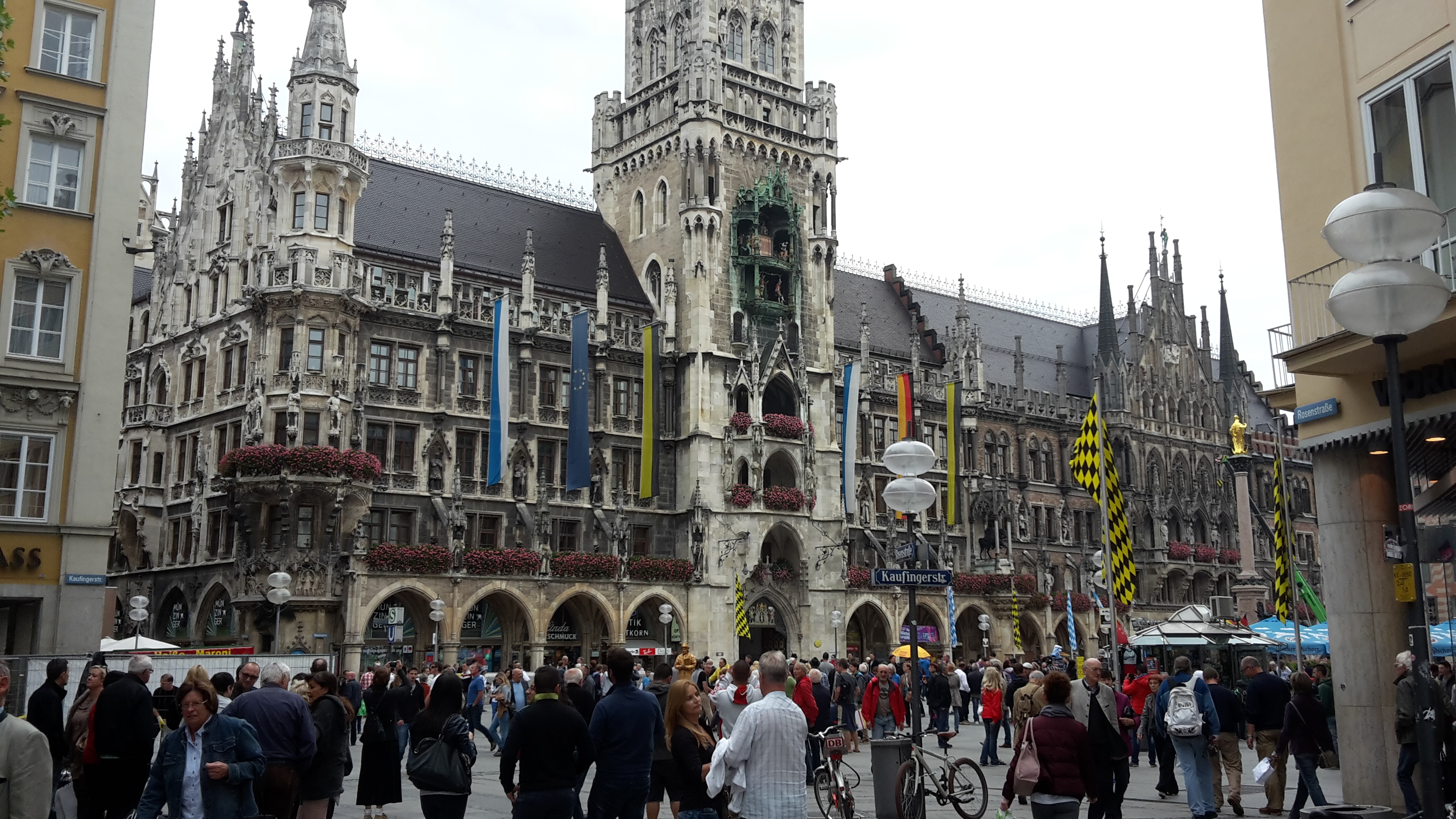
- The Oktoberfest fairgrounds are not in the city center, so you could go to Oktoberfest and never really visit the city of Munich.I just assumed that Oktoberfest would take over the city center, with tents setup throughout the cobblestone streets, but this is not quite true – see #4 above. If you need a morning break from drinking (and you probably will) join the many other Oktoberfest visitors making the trek to the city center to actually see a bit of Munich. It is very walkable, with beautiful old buildings and a lot of casual outdoor eateries to take advantage of when lunchtime rolls around. Just don’t wait too long to head over the the Oktoberfest fairgrounds and snag your spot at a table in one of the tents.
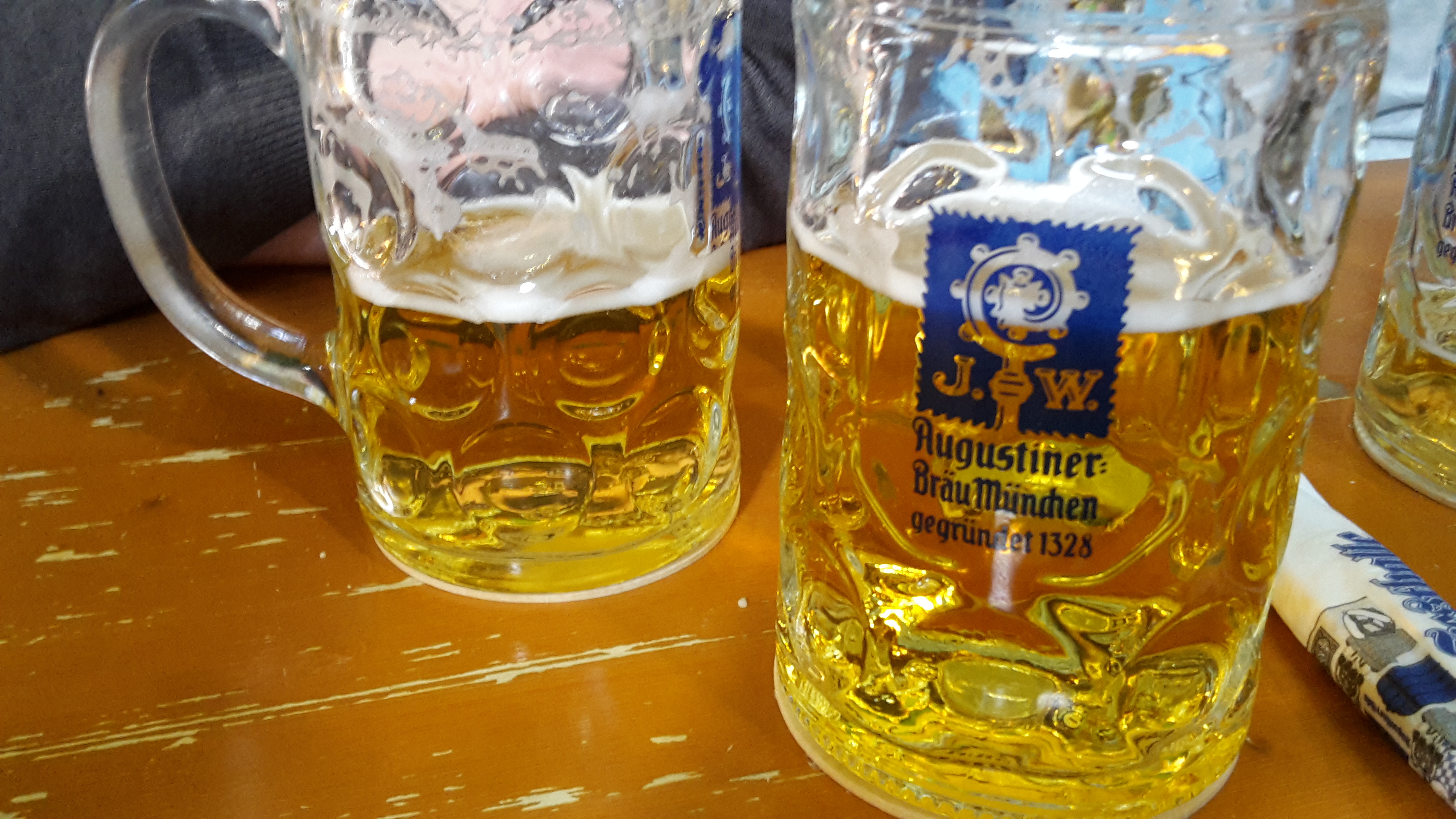
- Beer comes by the LITER.Yes, by the liter! It’s a very large amount of beer – if you’re having trouble picturing it, this is a bit more than 2 pints and around 34 ounces. Plan your drinking accordingly. On my biggest day, I drank 4 liters over the course of many, many hours. You may drink more or less, but if you really want to enjoy your time at Oktoberfest, don’t overdo it on your first day there.
- Many people who attend are tourists, not necessarily heavy drinkers or beer aficionados.There are a ton of tourists who are coming to Oktoberfest for a once-in-a-lifetime experience. Then they arrive, and discover that beer is served by the liter – see #8 above. And these tourists only enjoy Oktoberfest for one day because they are too hungover to function by the second one. By breakfast Wednesday morning at my hotel, most tables were only occupied by one person because the spouse was not feeling well enough to come. Hopefully you’ve been keeping your tolerance high back at home if you’re planning to consume many liters of beer per day when you arrive. Either way though, pace yourself so you can enjoy all of your time at Oktoberfest, especially if your visit is likely to be your only one.
- You can only reserve space at a table in one of the tents for 10 or more people.Reserving will not be possible for most visitors who aren’t coming in that large of a group and don’t know any locals. That’s okay though, if you go to Oktoberfest on a weekday, people are generally friendly and there’s always room to get cozy and squeeze in 2 or 4 additional people at what might at first glance look like an already full table (this is possible on the weekends as well, but you’ll want to be there early in the morning to snag space).
- Each tent is not really a tent but a fairly sturdy wooden structure.I feel like I had heard so much about the different tents at Oktoberfest that I had a picture in my mind of a very large circus tent with fabric flaps. Instead, walking onto the Oktoberfest grounds you see what look like very large wooden lodge houses. It still a “tent” because it is not permanent, although you wouldn’t know this by looking at the buildings. Inside there are wooden picnic tables with long benches, and even proper bathrooms. So don’t worry, you won’t be roughing it to enjoy the various “tents.”
- Servers come to the tables.I guess I hadn’t really thought about this ahead of time, but it would be quite the chaotic scene if there were no servers. First, find a seat, then find a server to place your order (for both beer and food from the formal menu). Some tents have an assigned person for each table or there are roving servers for you to flag down. There are also roving vendors for the more portable food, like pretzels. And remember who took your order in case your beer or food gets lost in the chaos and you want to flag someone down to ask.
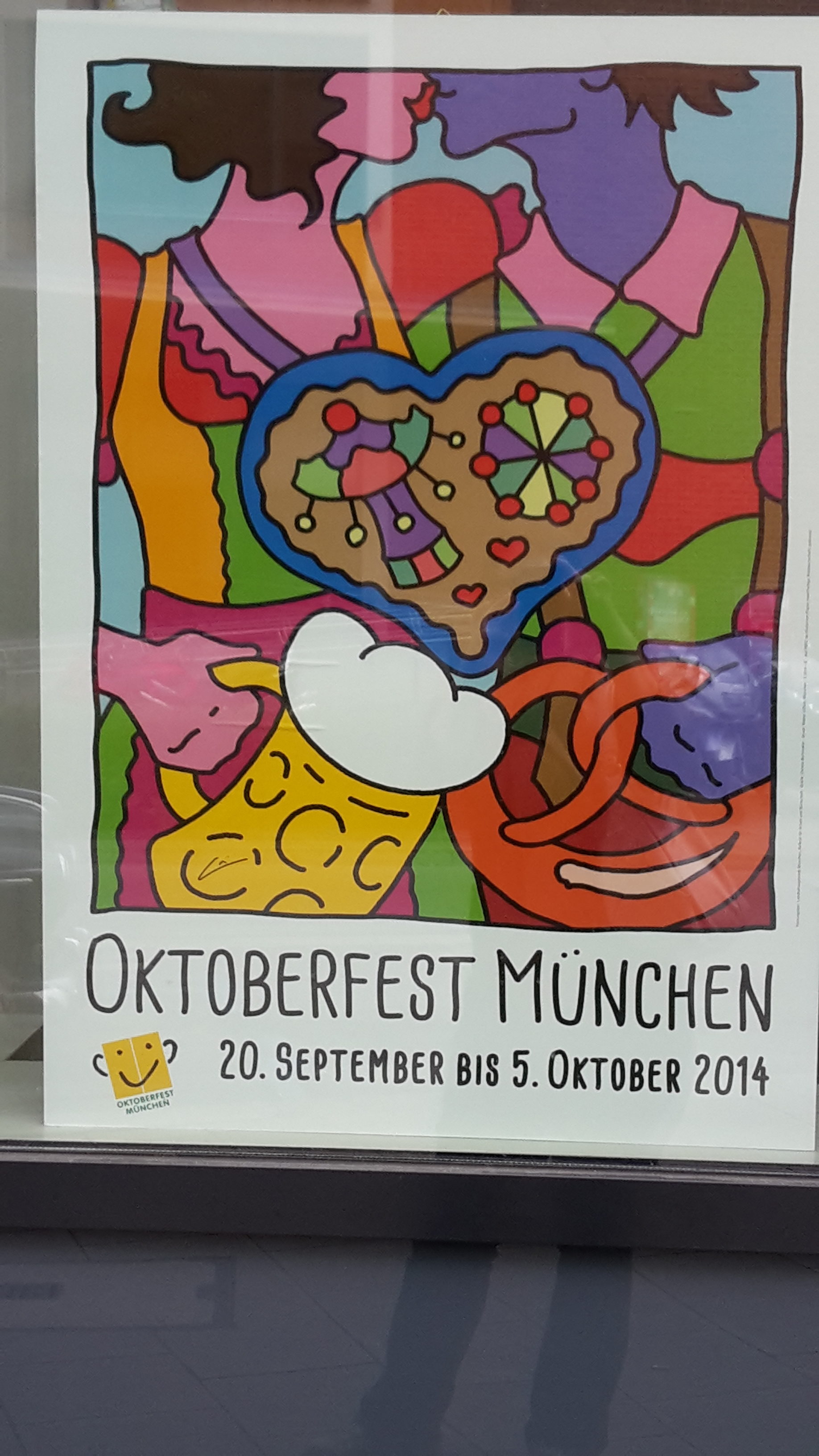
- Each tent is also a giant party, with a live band playing sets all day and night long. If you don’t know German drinking songs, you will by the end of your time at Oktoberfest!The music selections vary by the tent, the time of day, and span from traditional German jigs (oopmah, not polka, if you ask a German) to Top 40 hits from recent decades. And every so often – several times an hour – each band in all of the tents break out with the same German drinking song called “Ein Prosit” that everyone sings along with and toasts to at the end. The later in the day it is, the more people start standing on the benches as soon as the first few notes start. Get into the Oktoberfest spirit and learn the words here.
And Travel Savvy Gal’s *TOP* tip for Oktoberfest in Munich – Go during the week.
Everything is easier: finding hotel reservations, getting a seat in a tent, flagging down a server, and most importantly, making friends =)
Prost!!
Have you been to Oktoberfest in Munich? What were some of the things that surprised you? Or what was the most surprising thing for you from my list? Are you going to Oktoberfest and still have questions I can help with? Let me know in the Comments section below.
Enjoyed this post? ‘Pin it’ to share on Pinterest & save for later!
